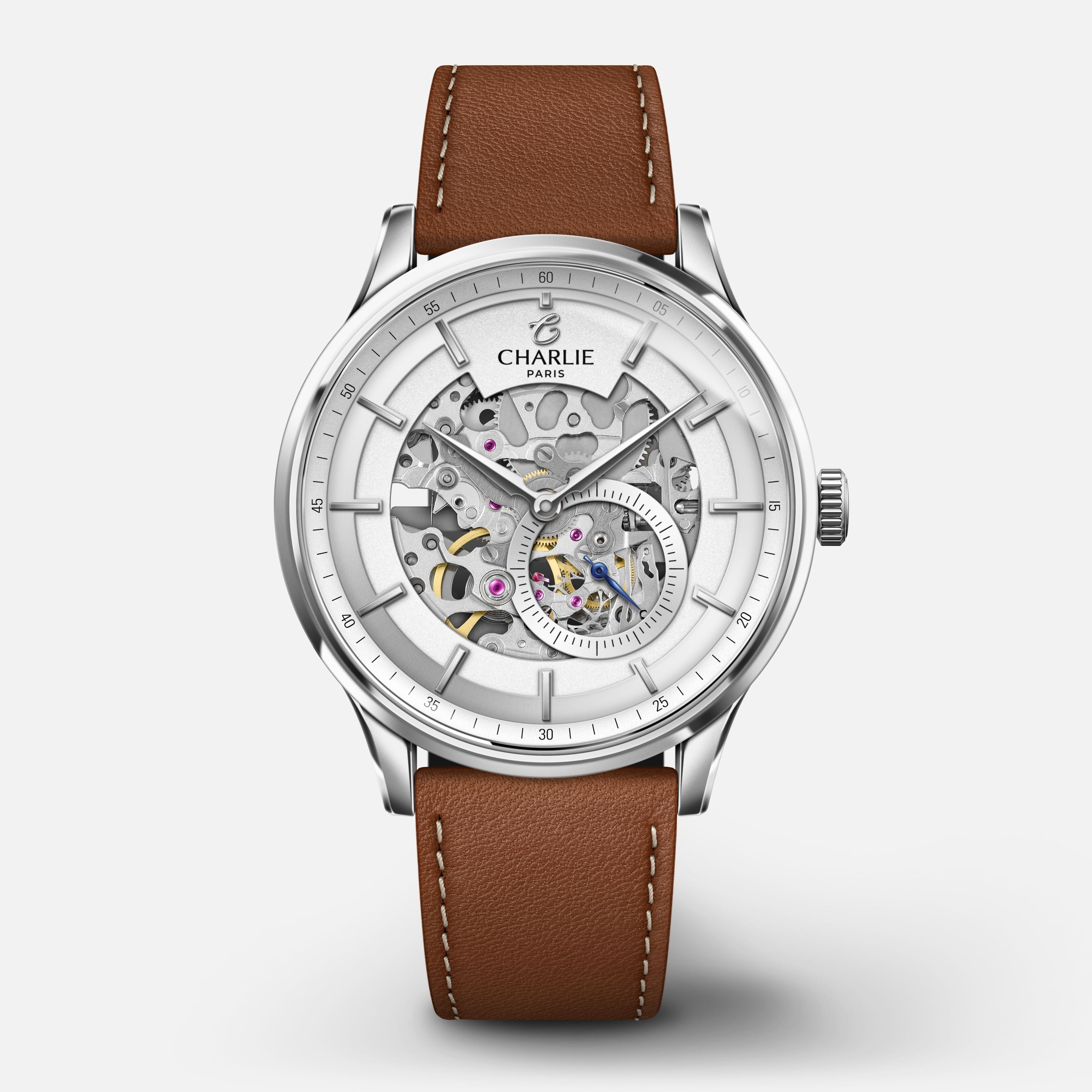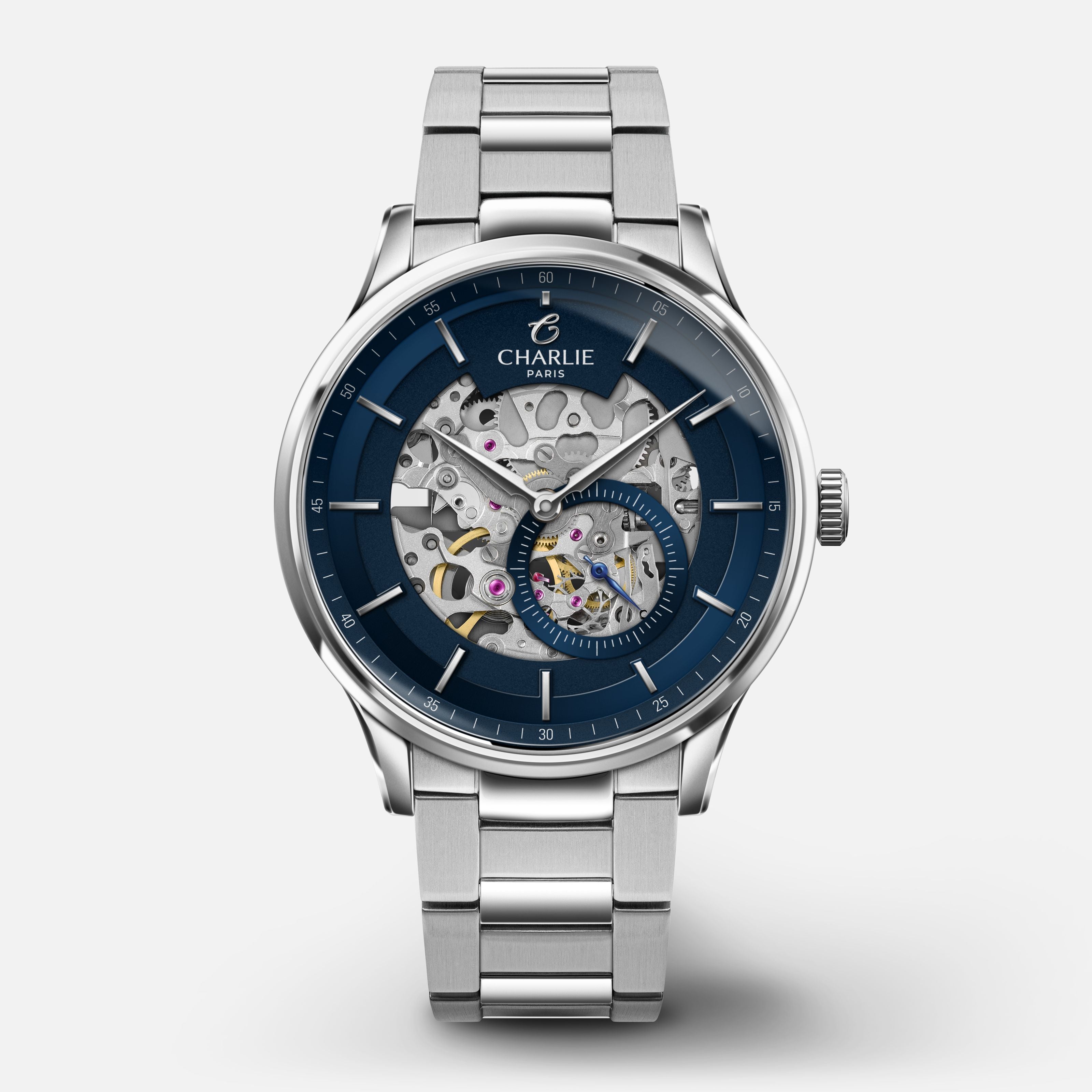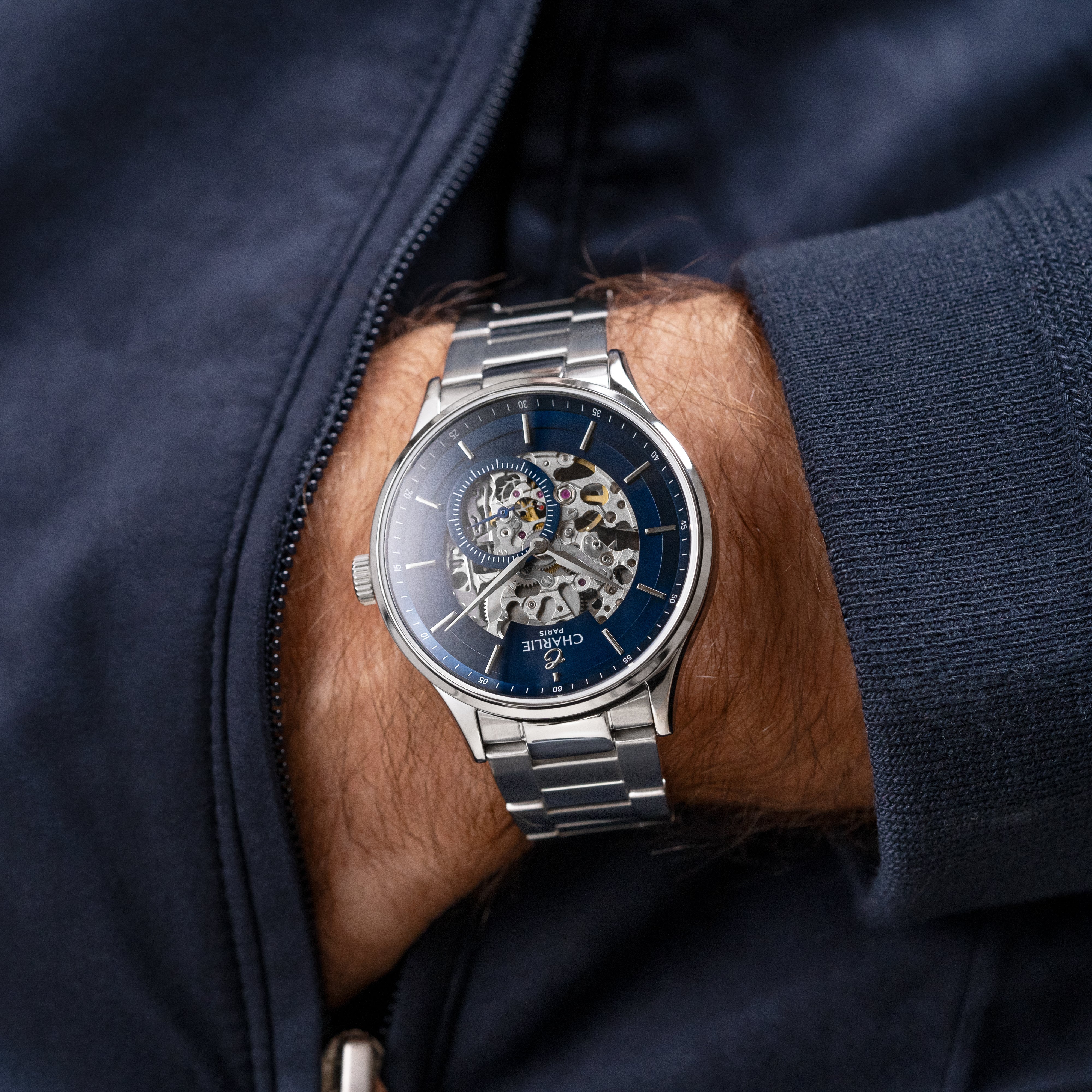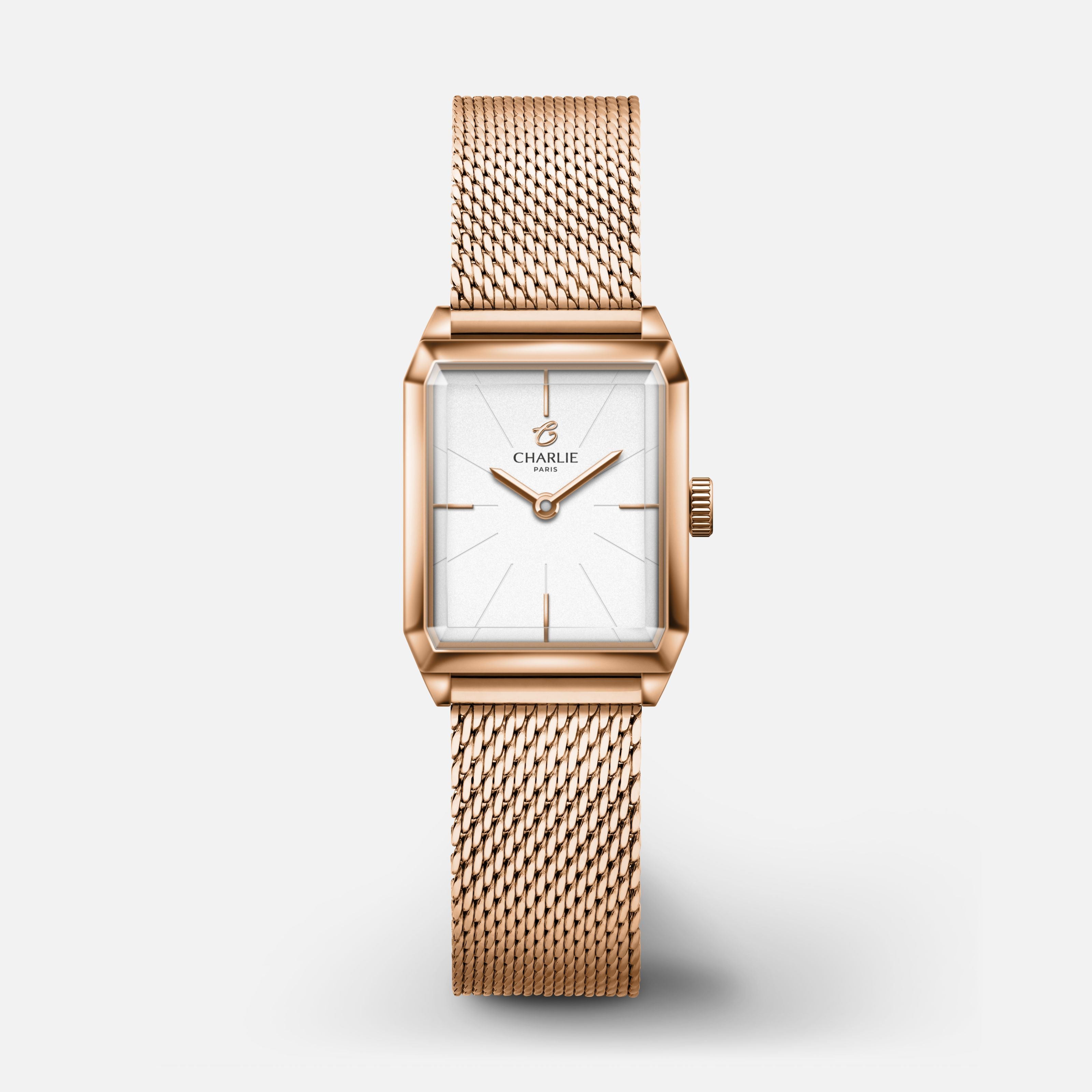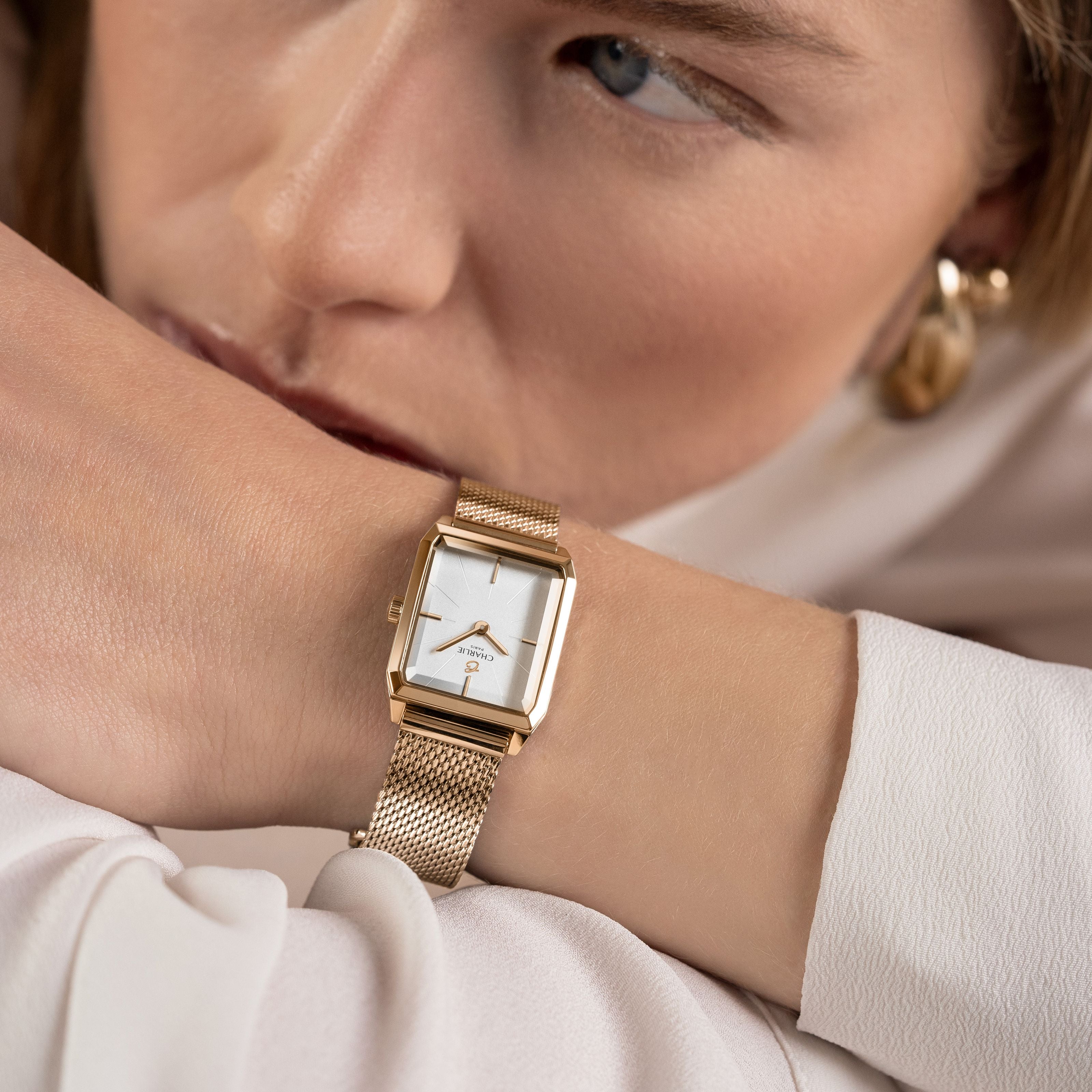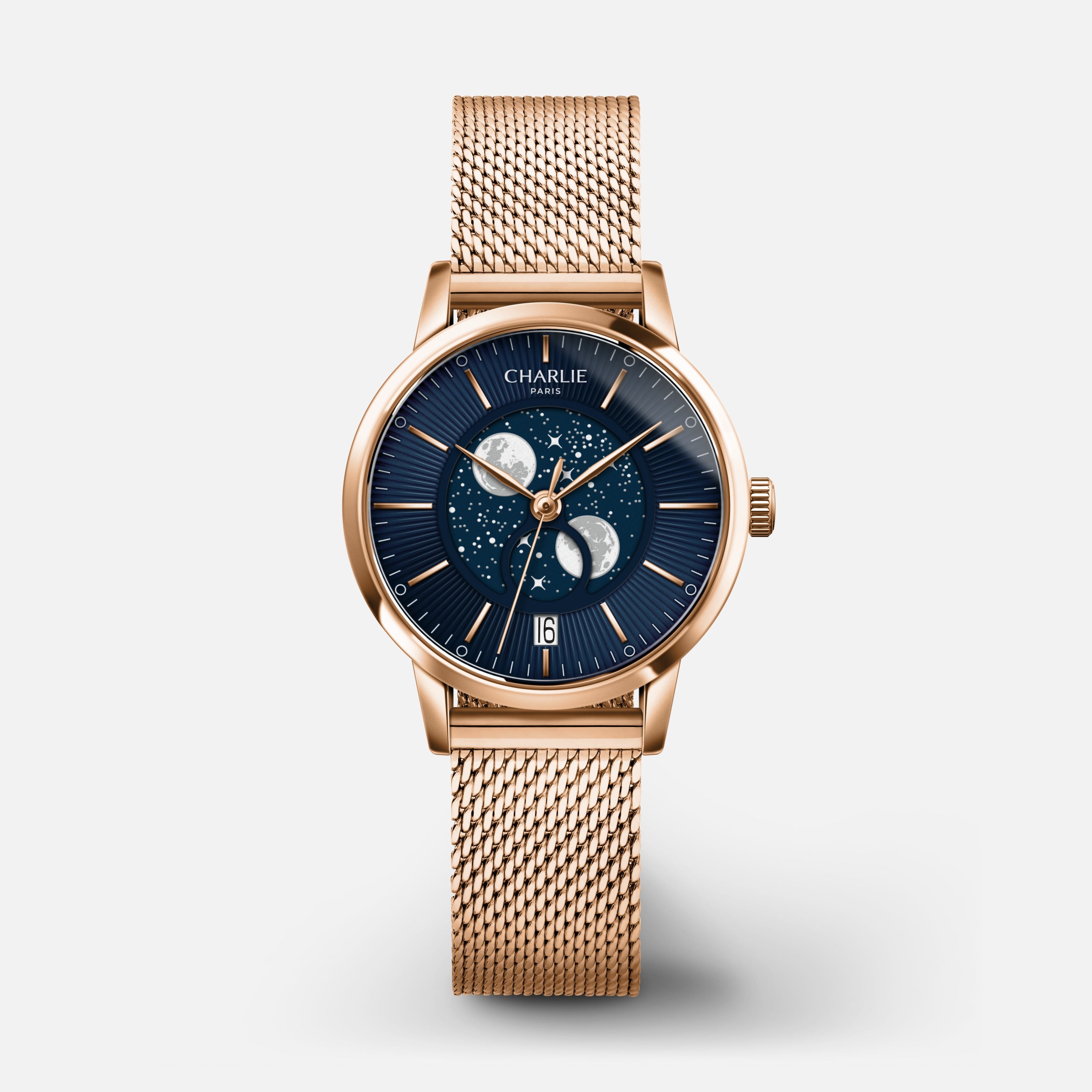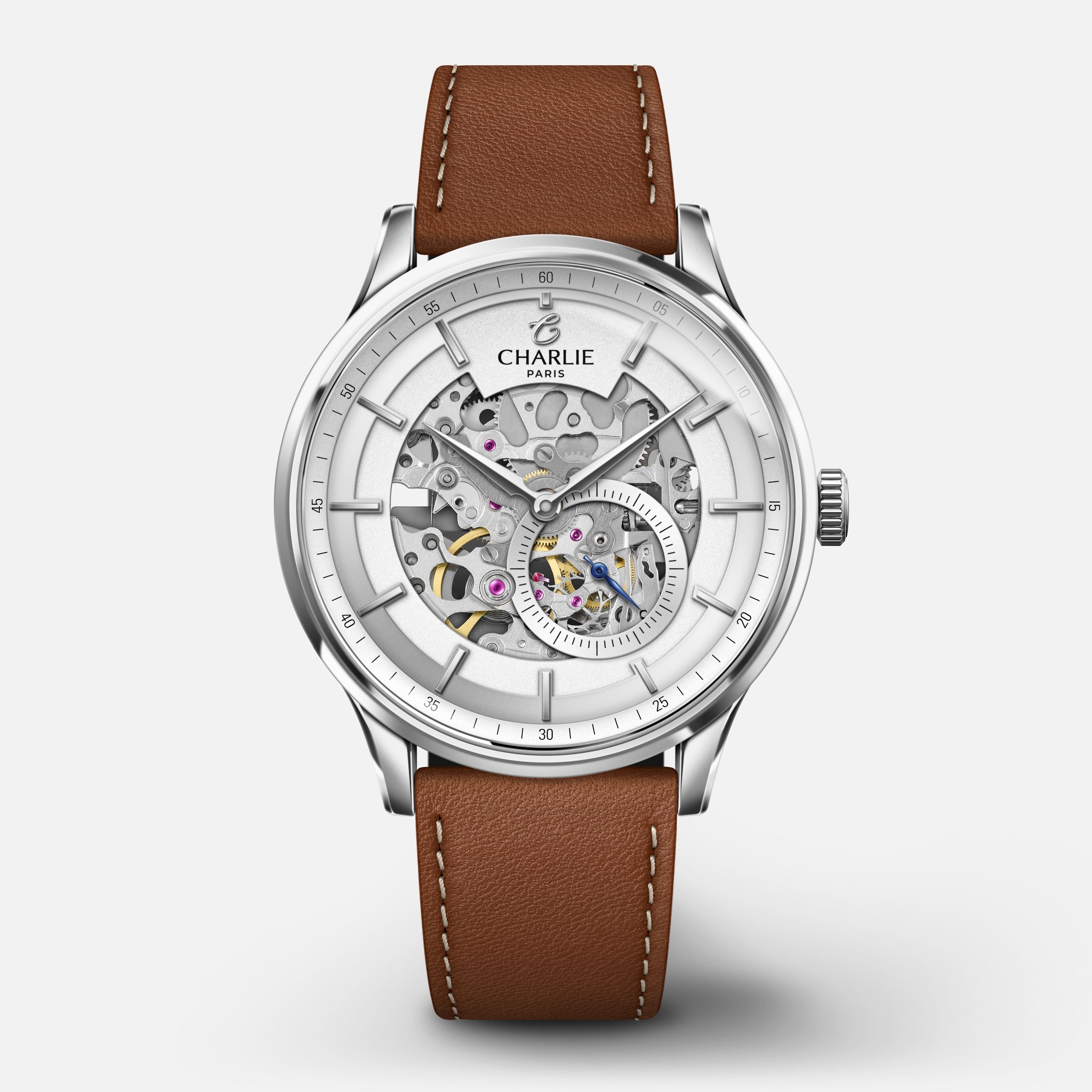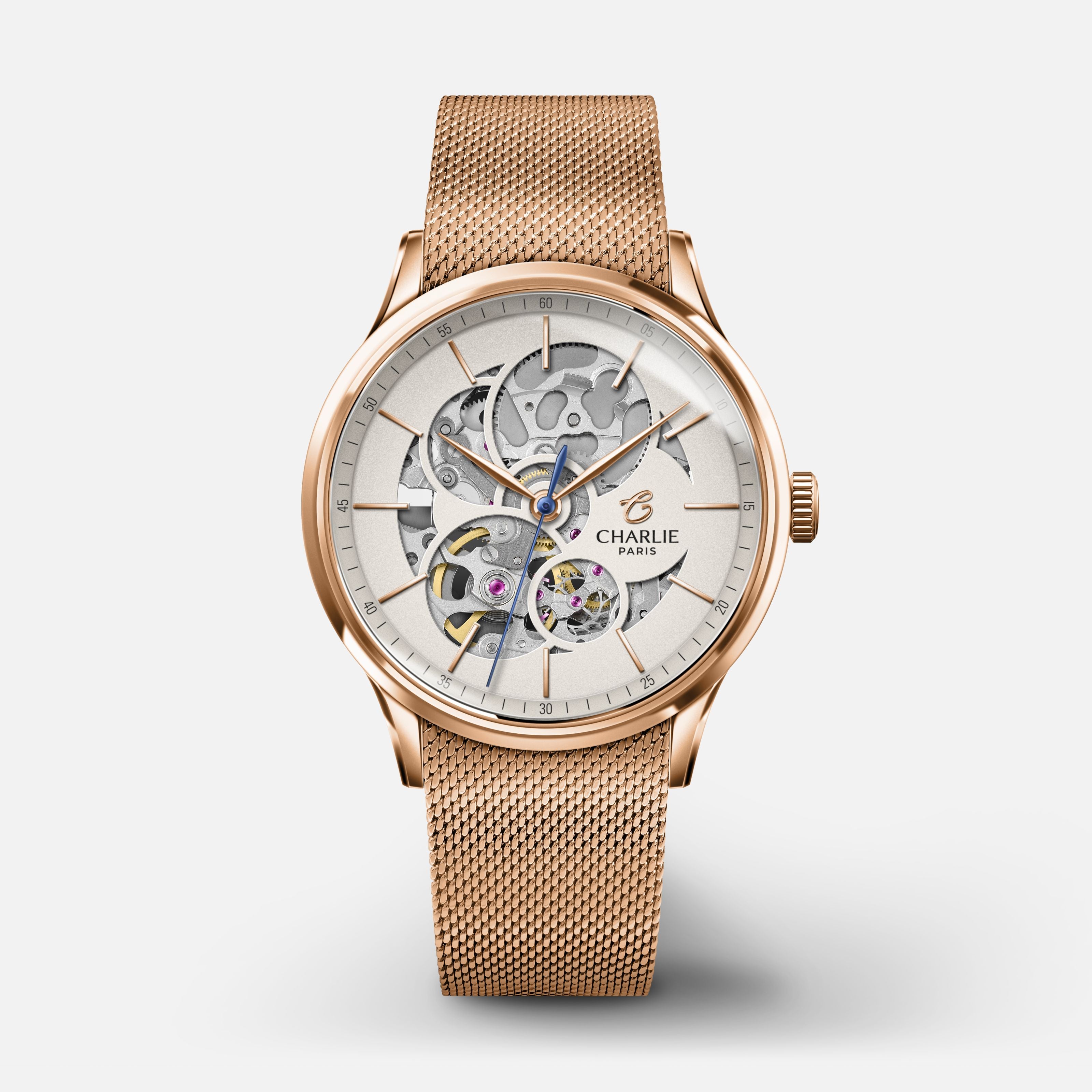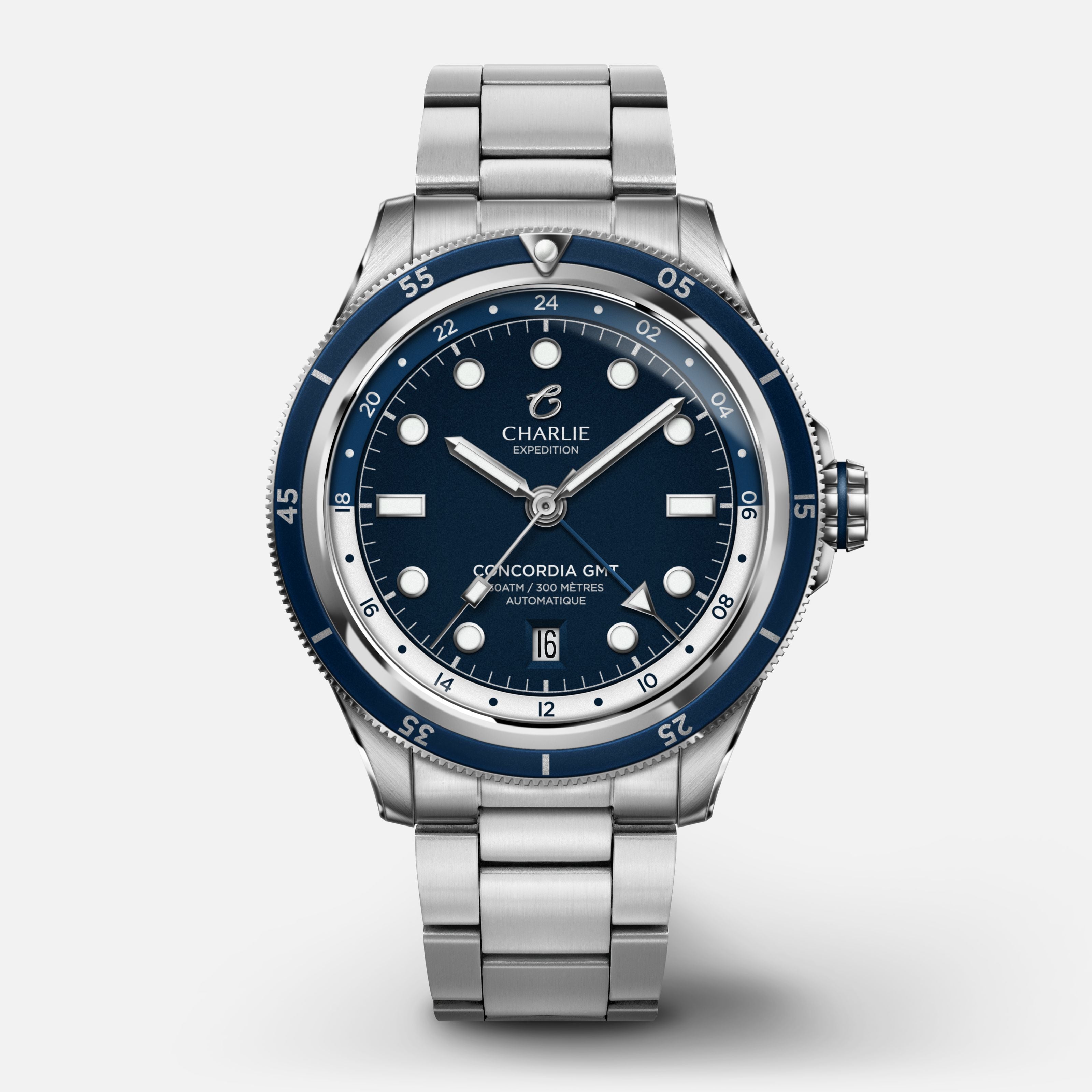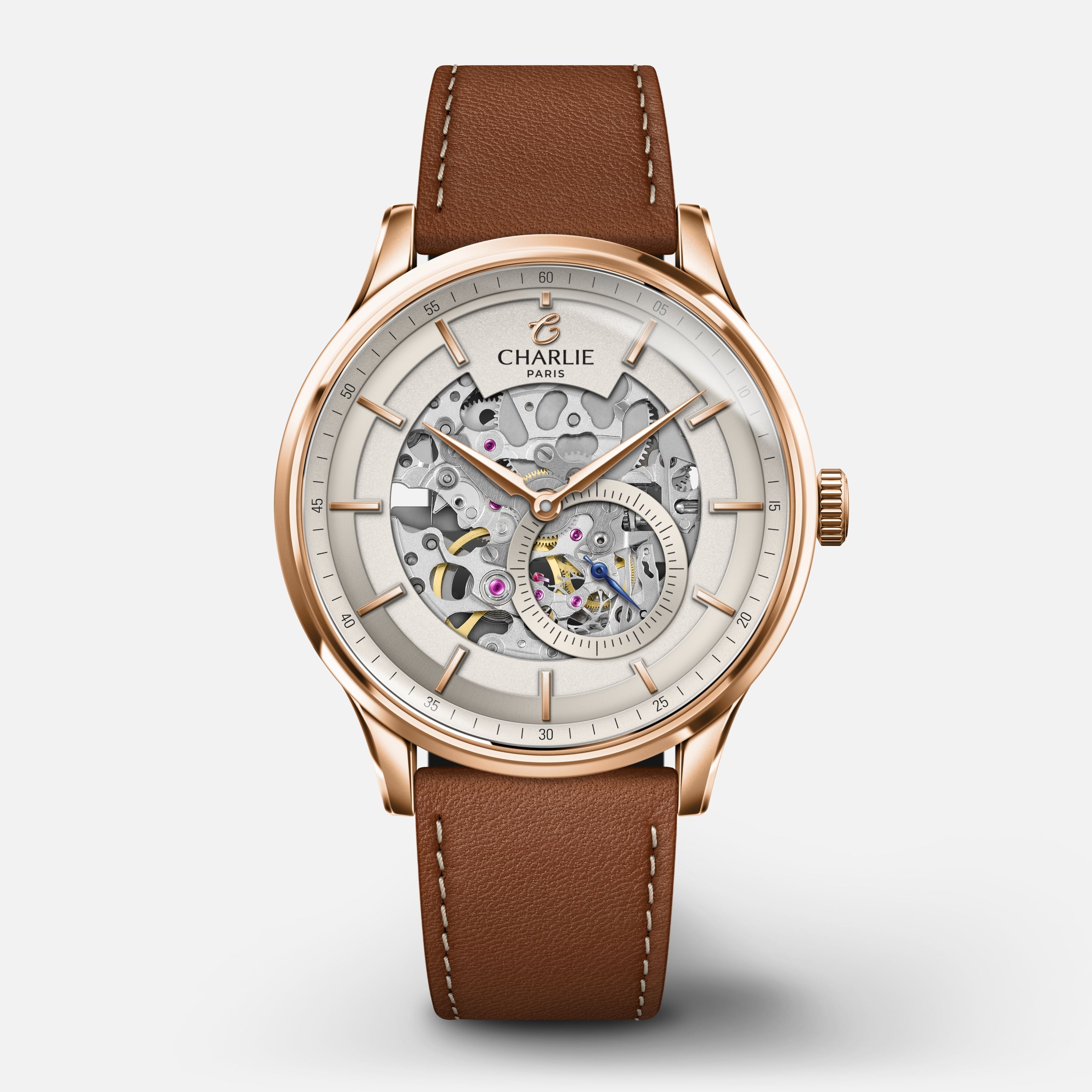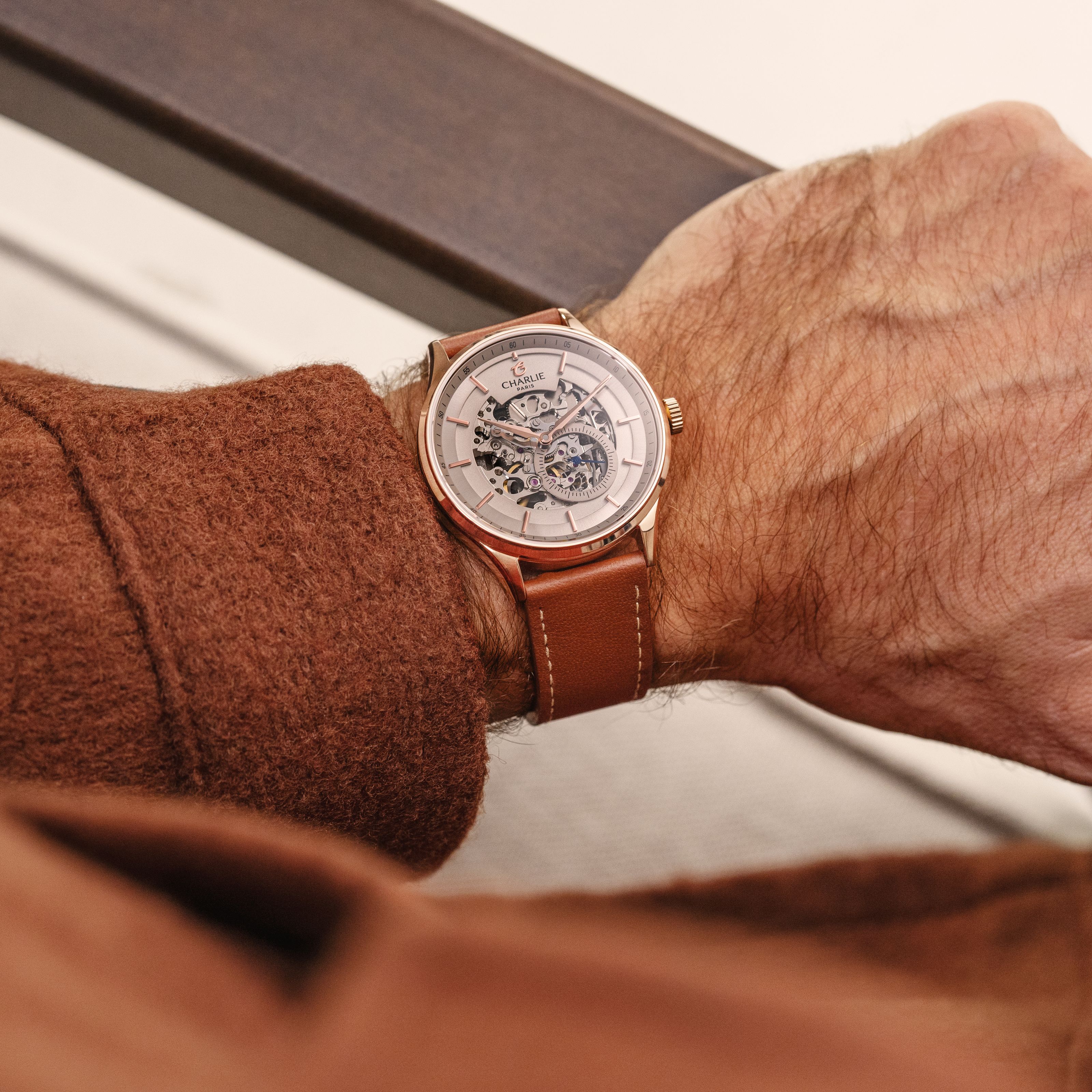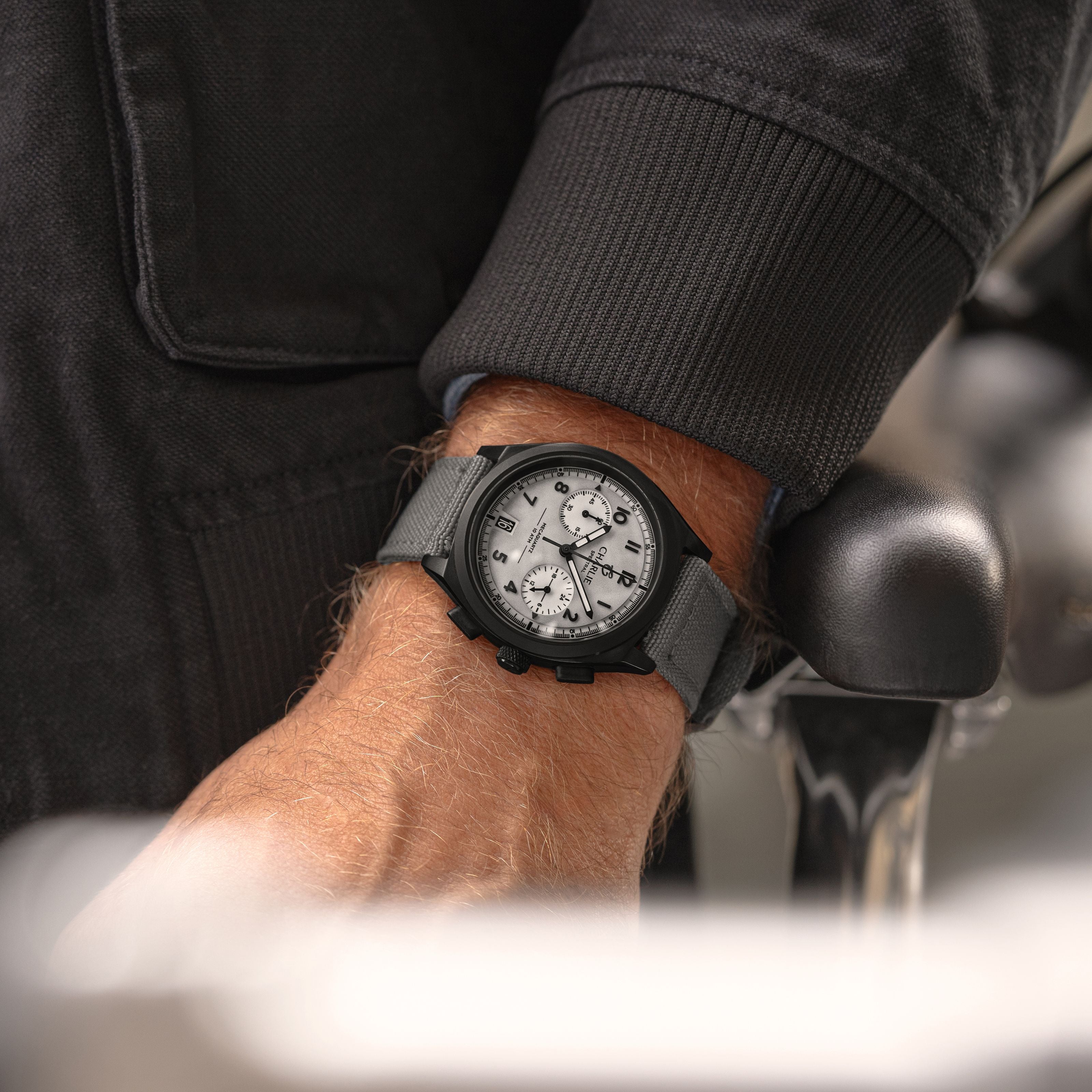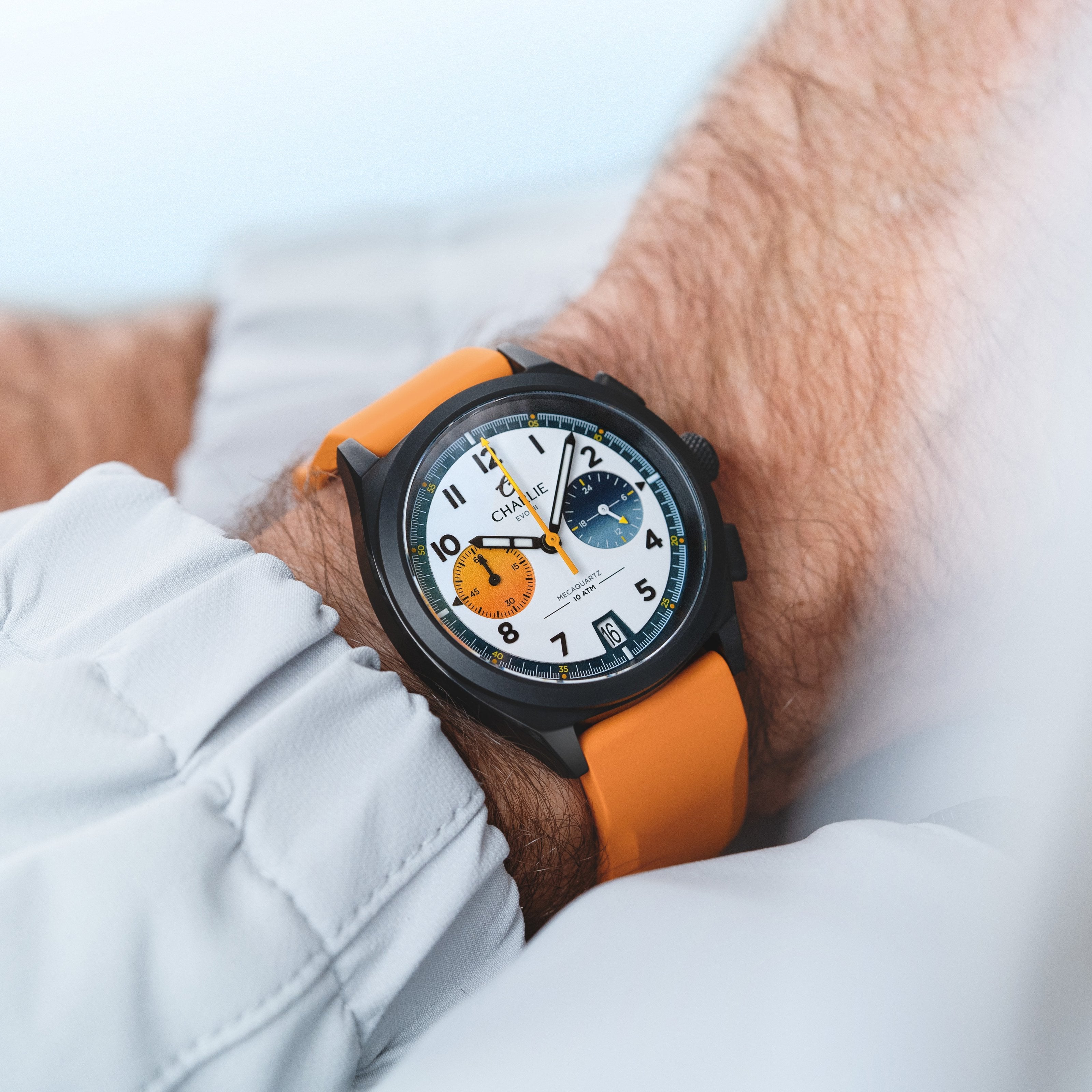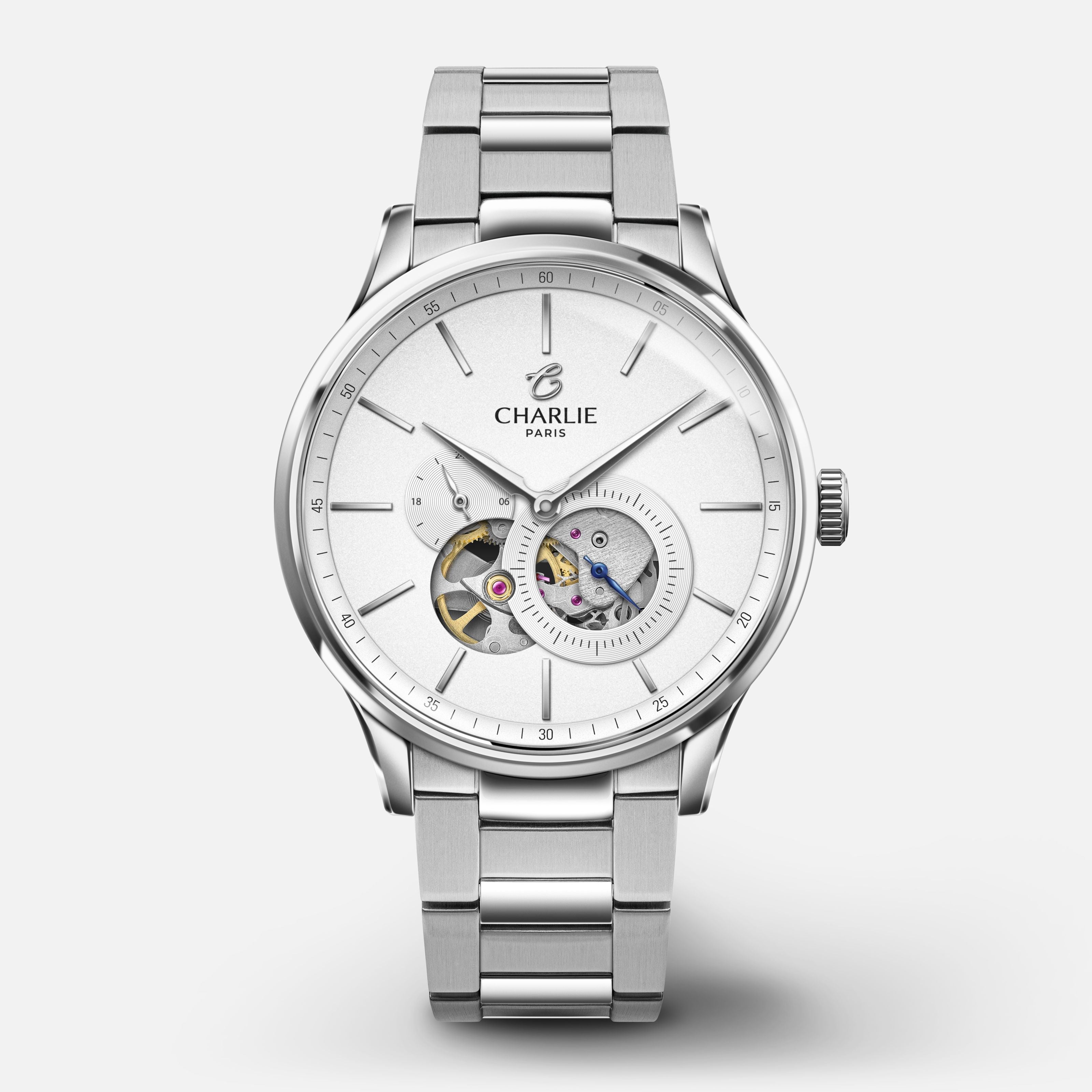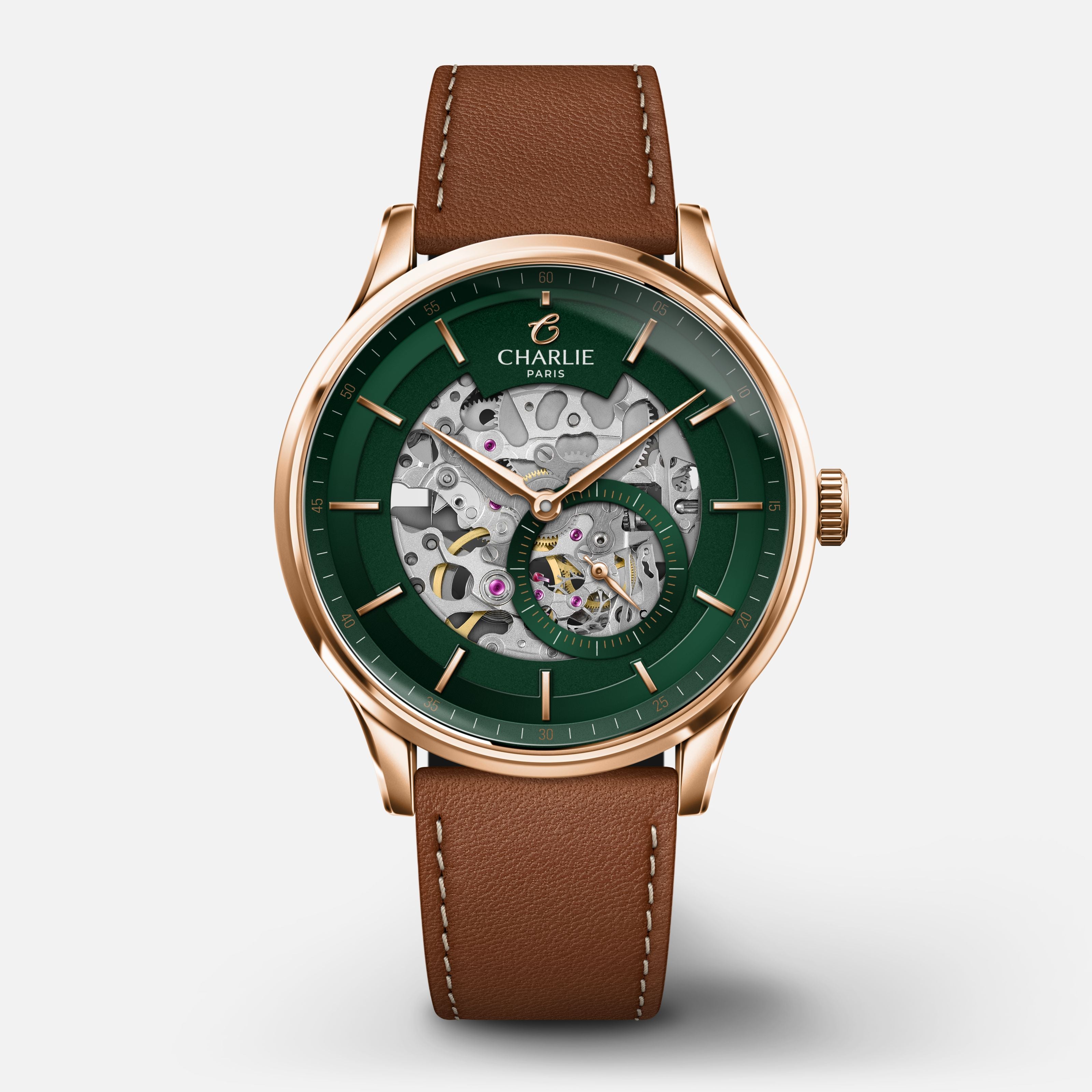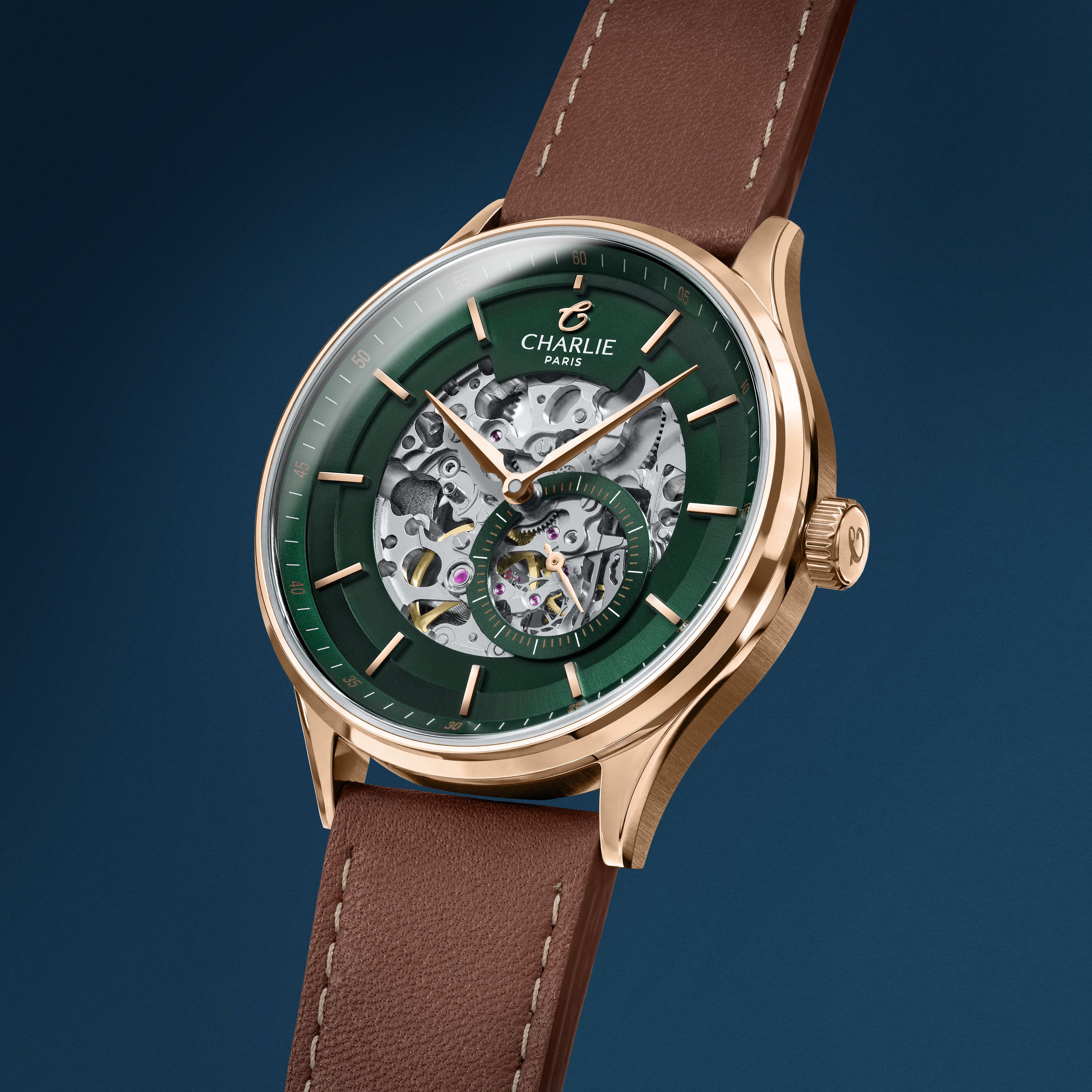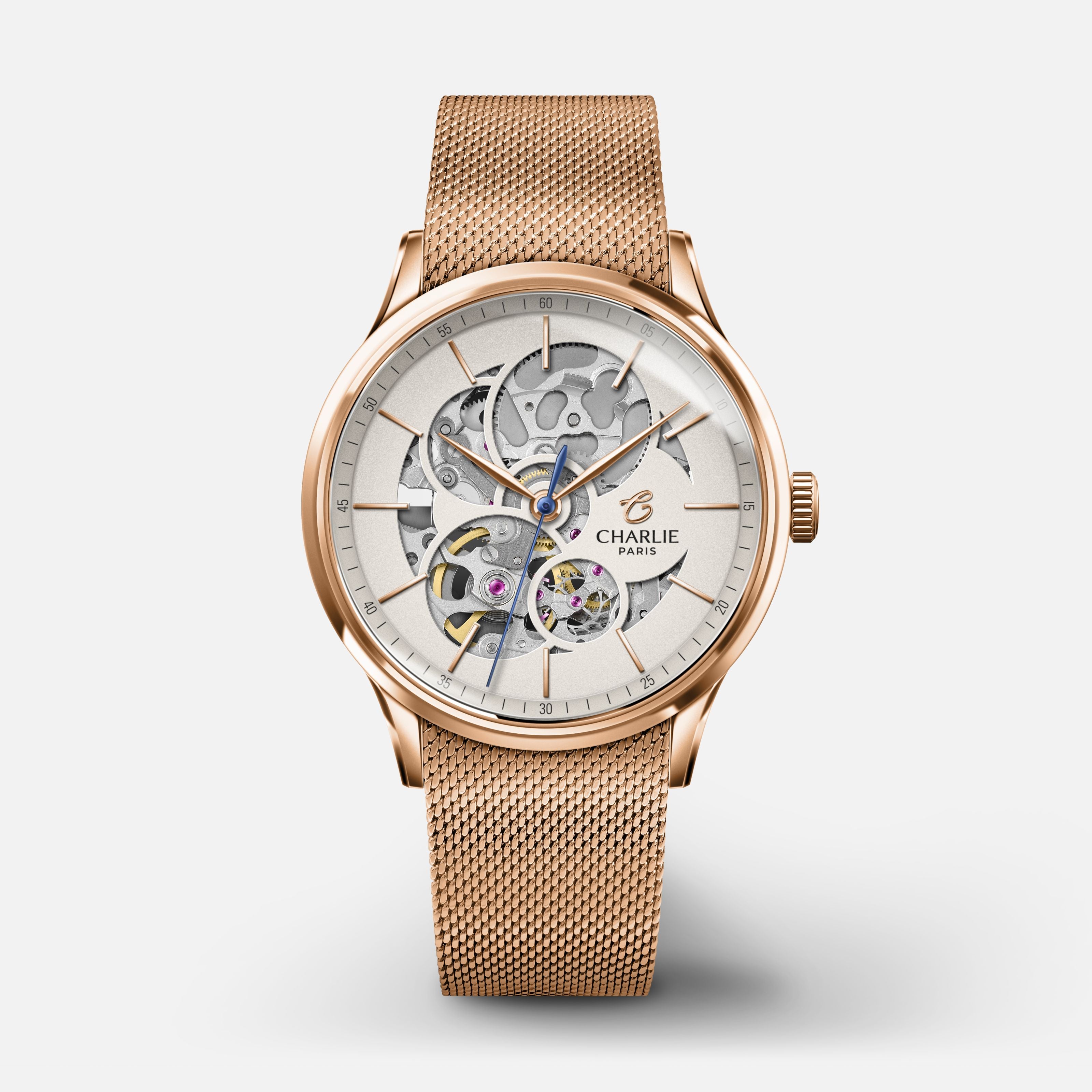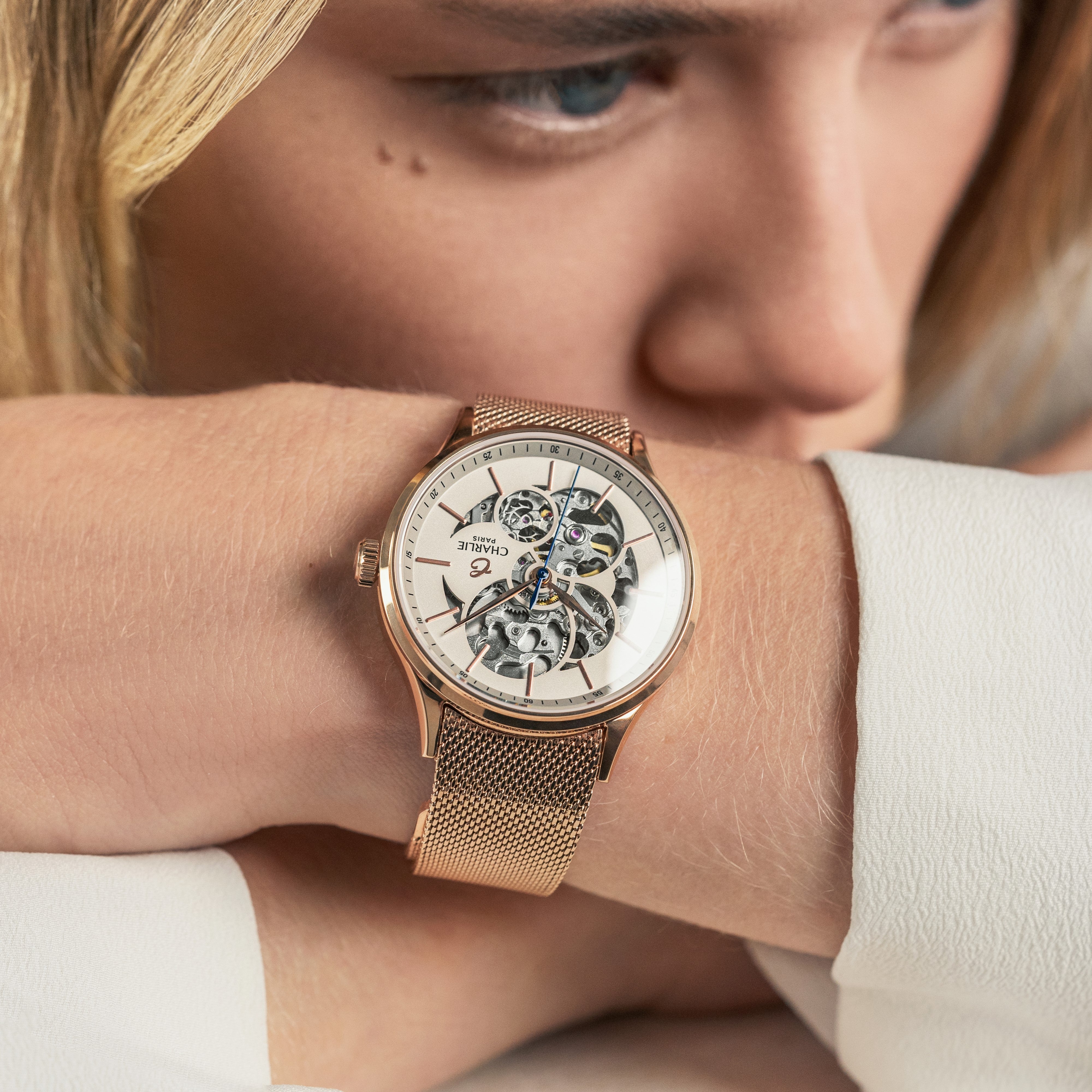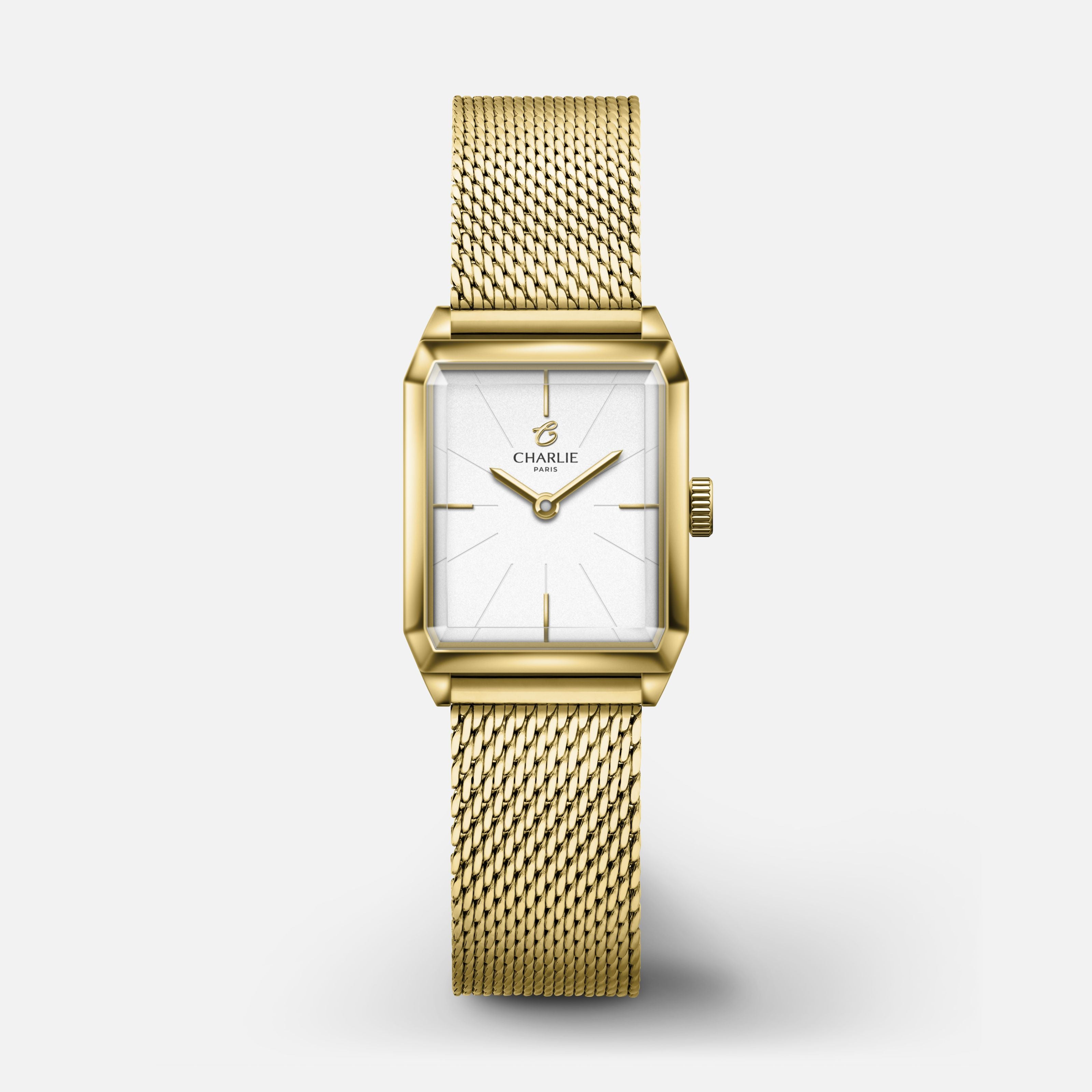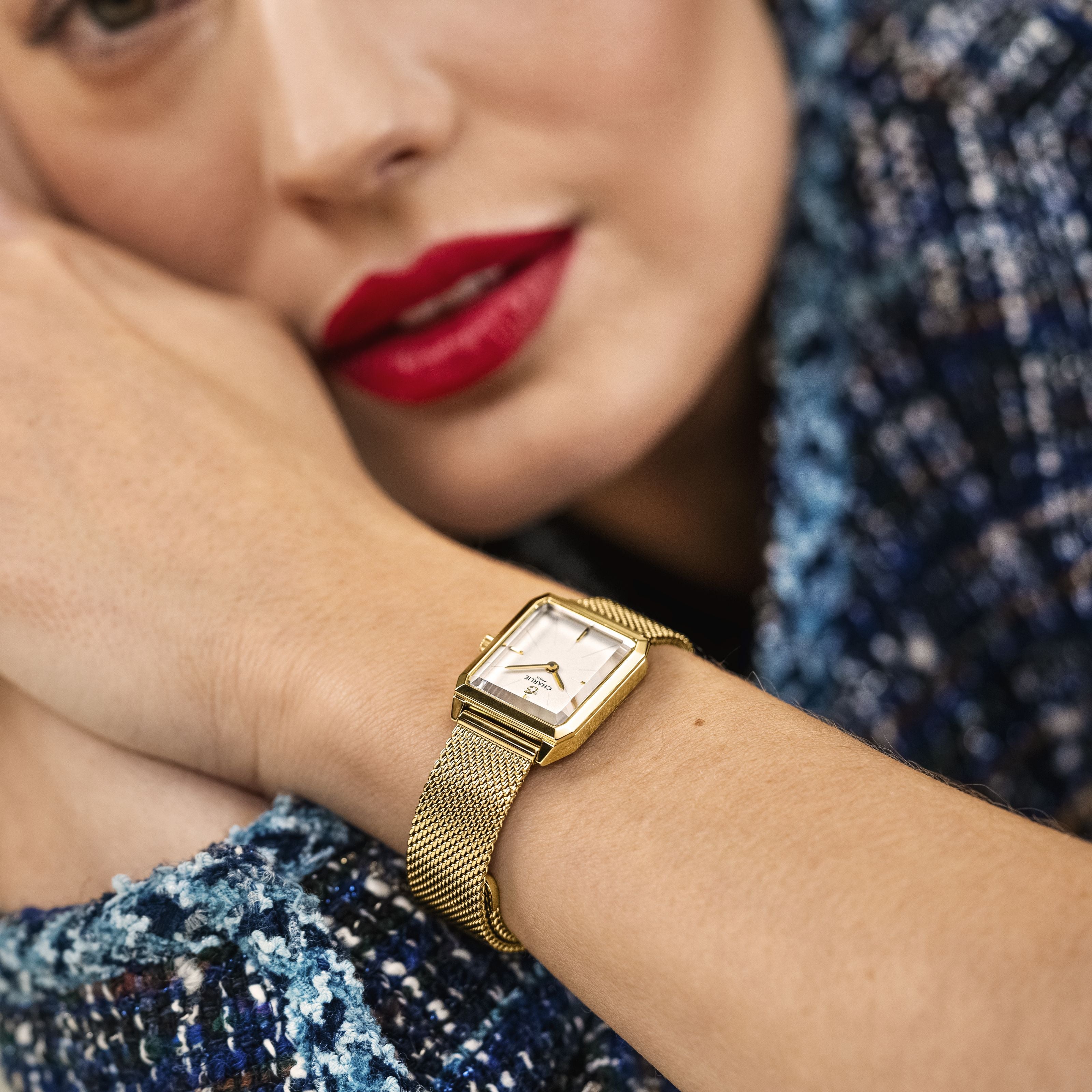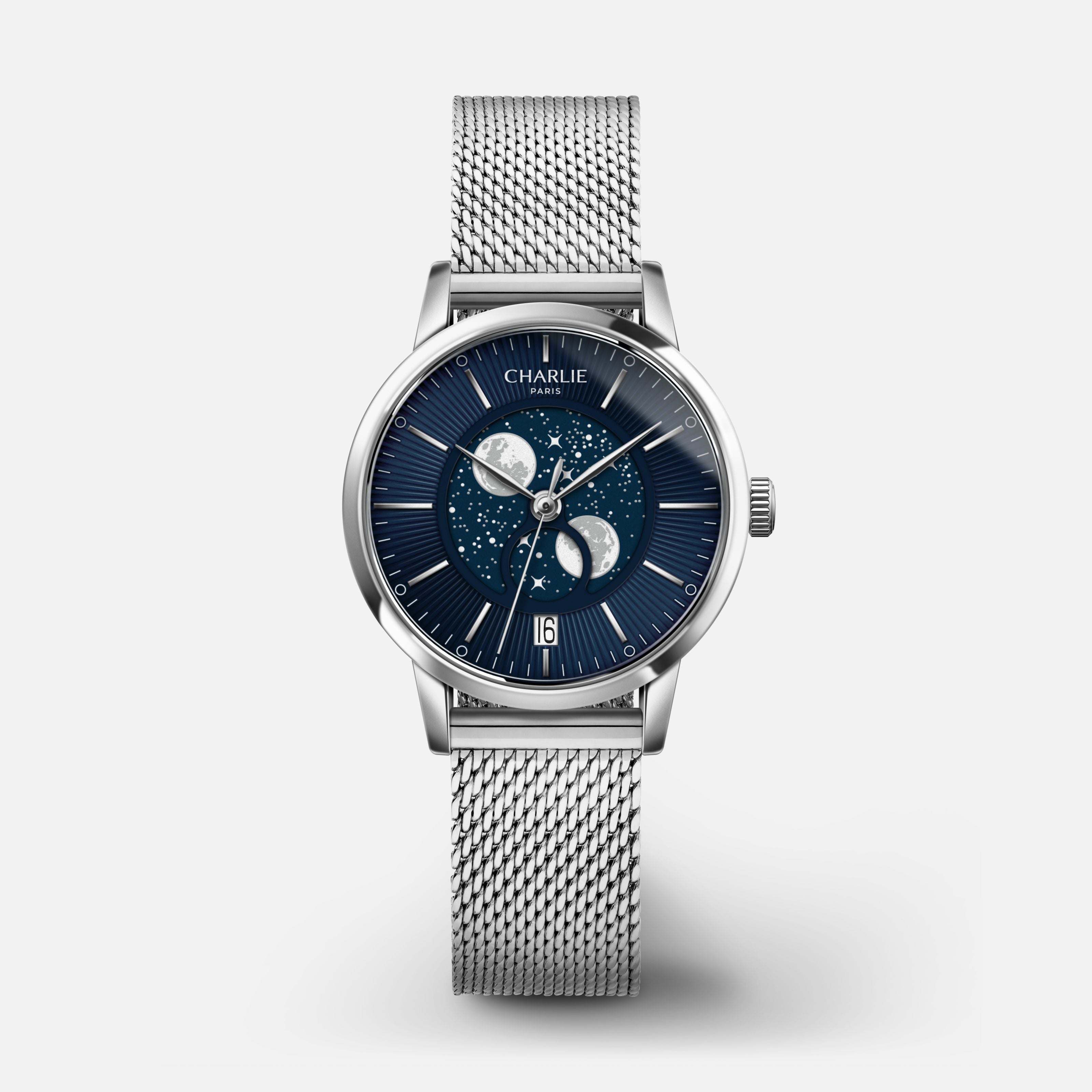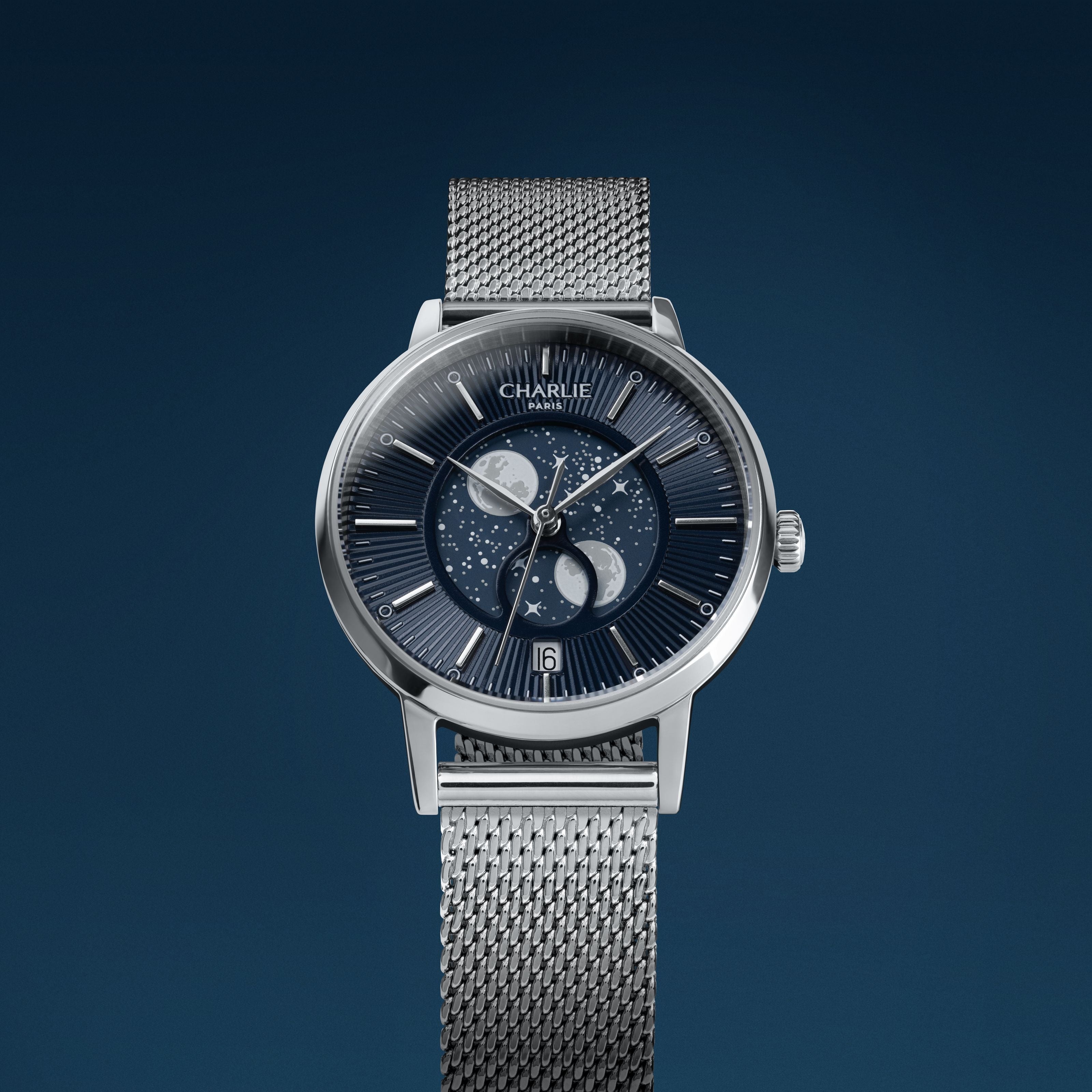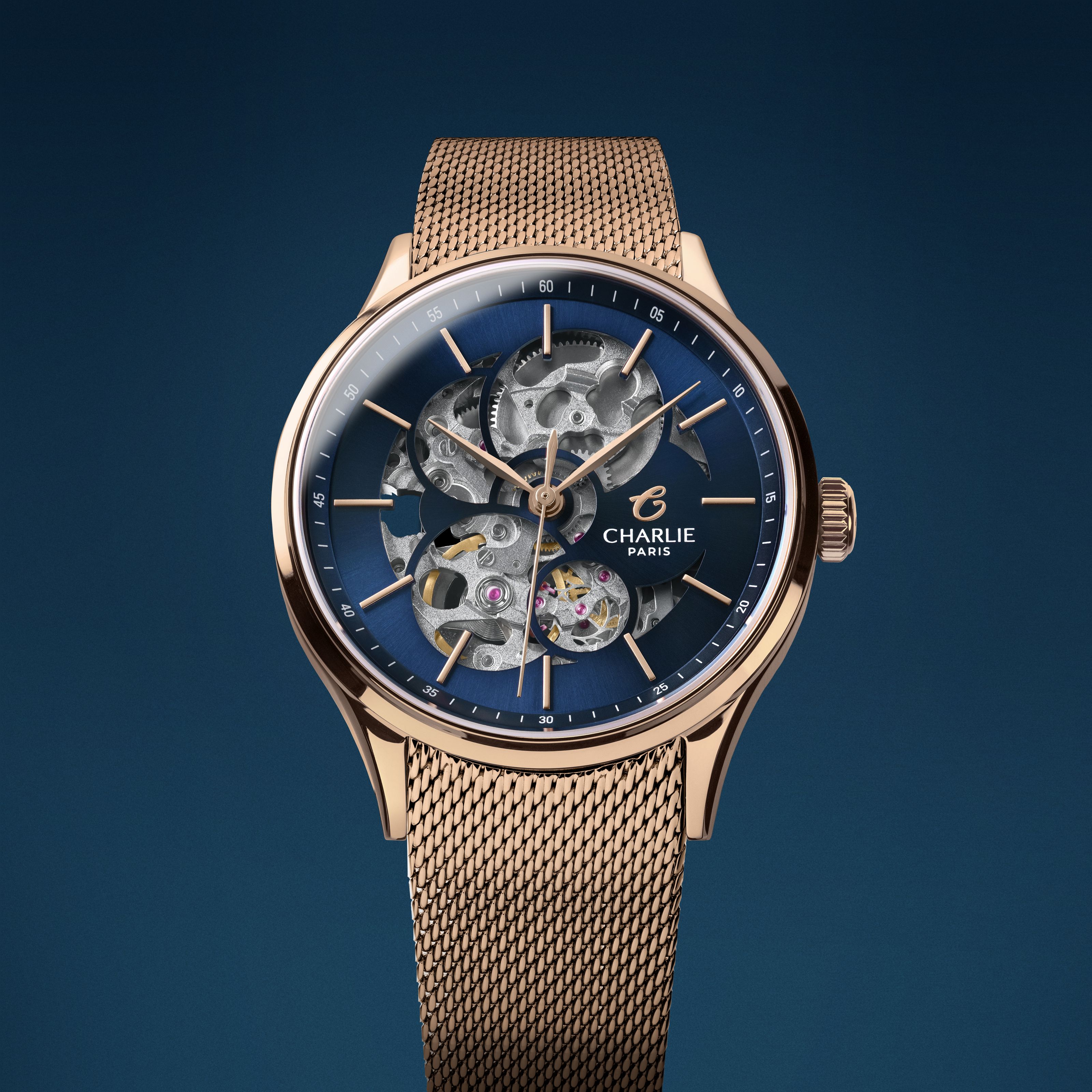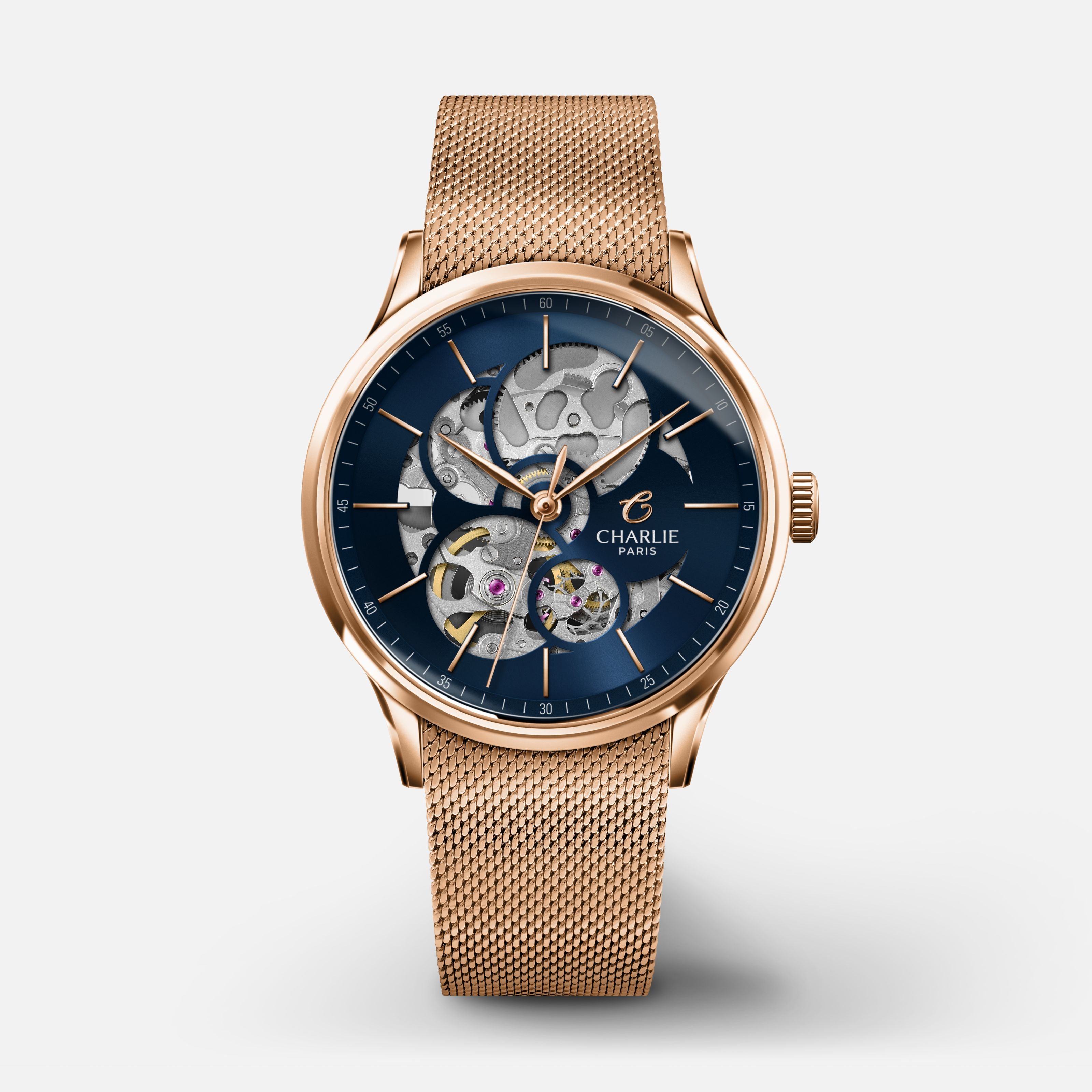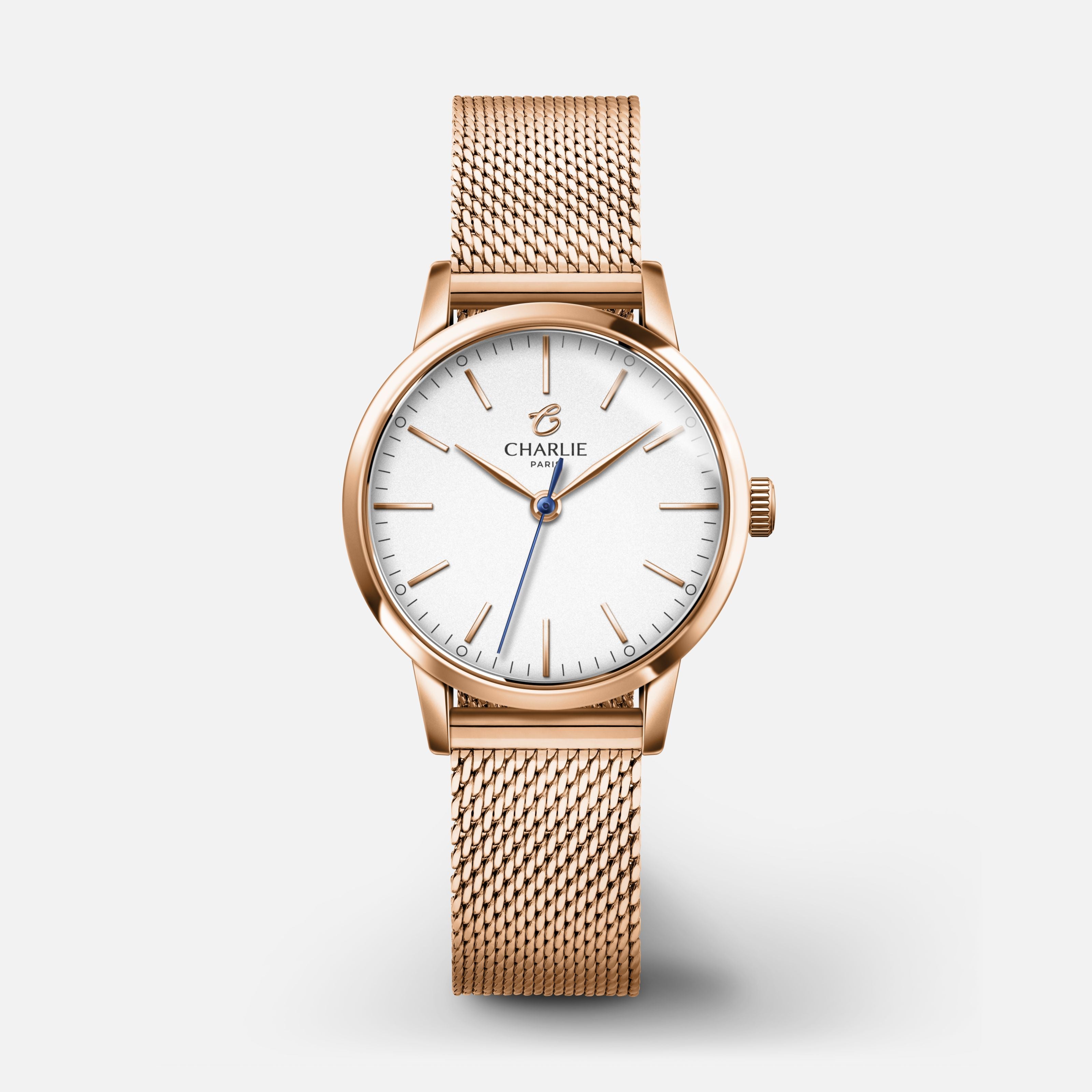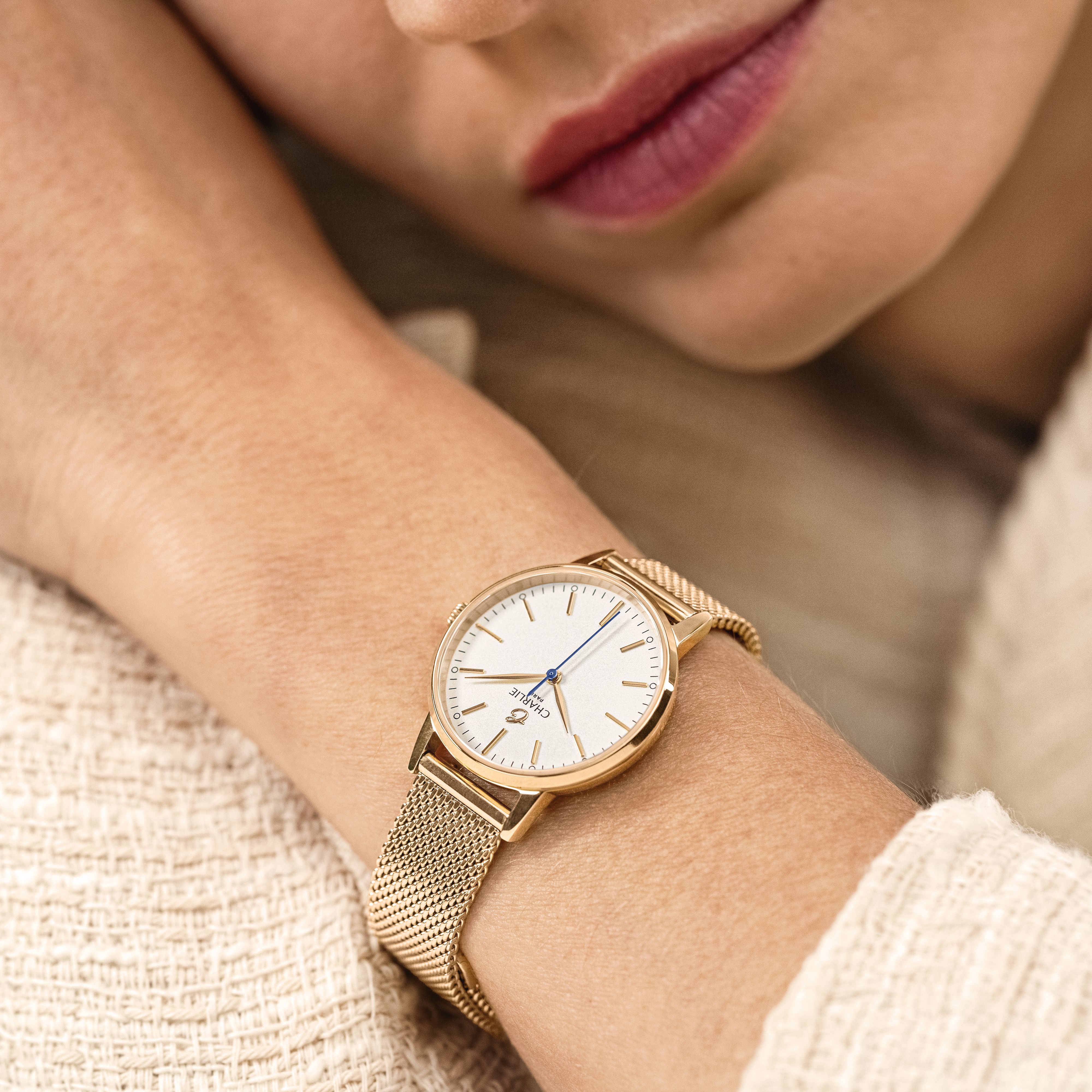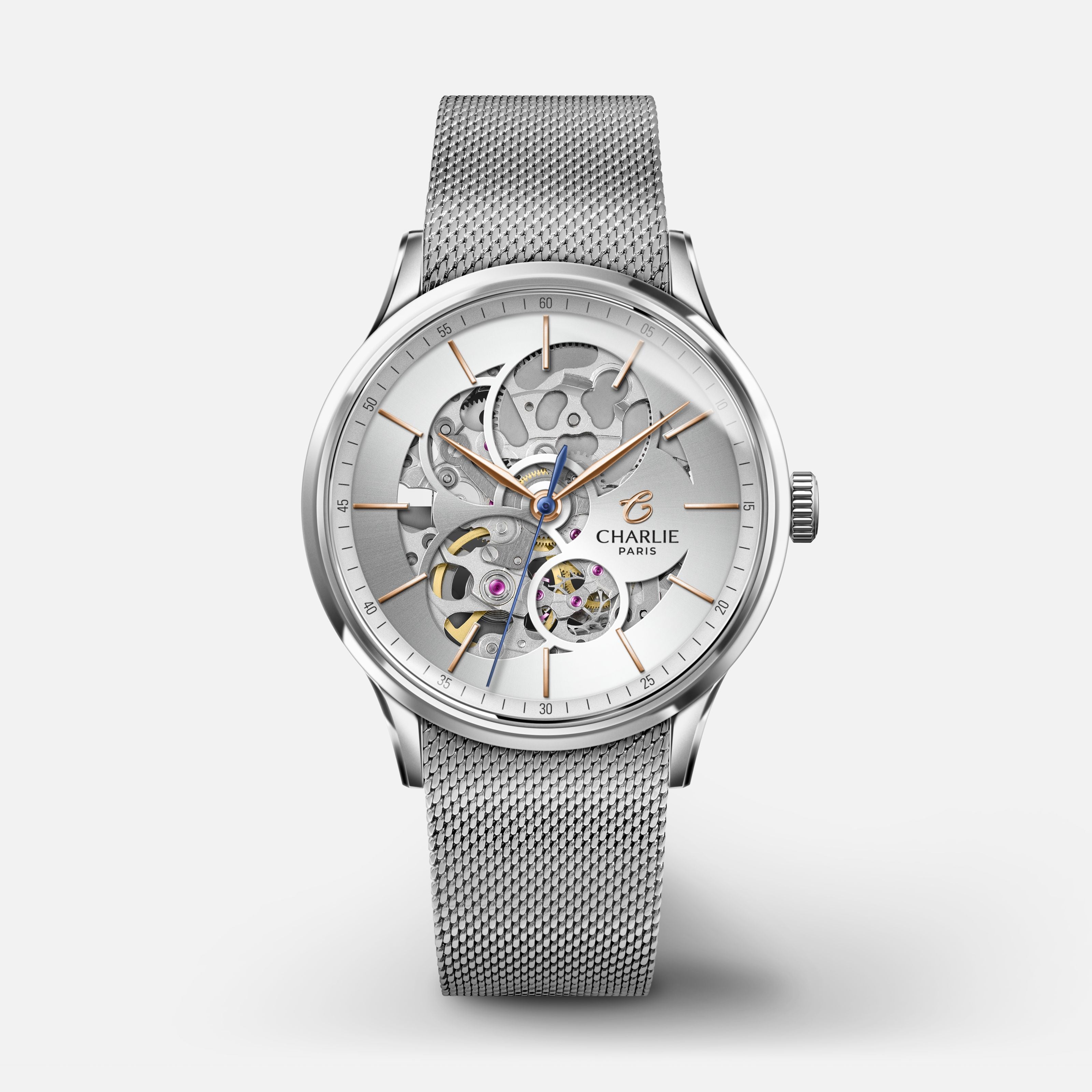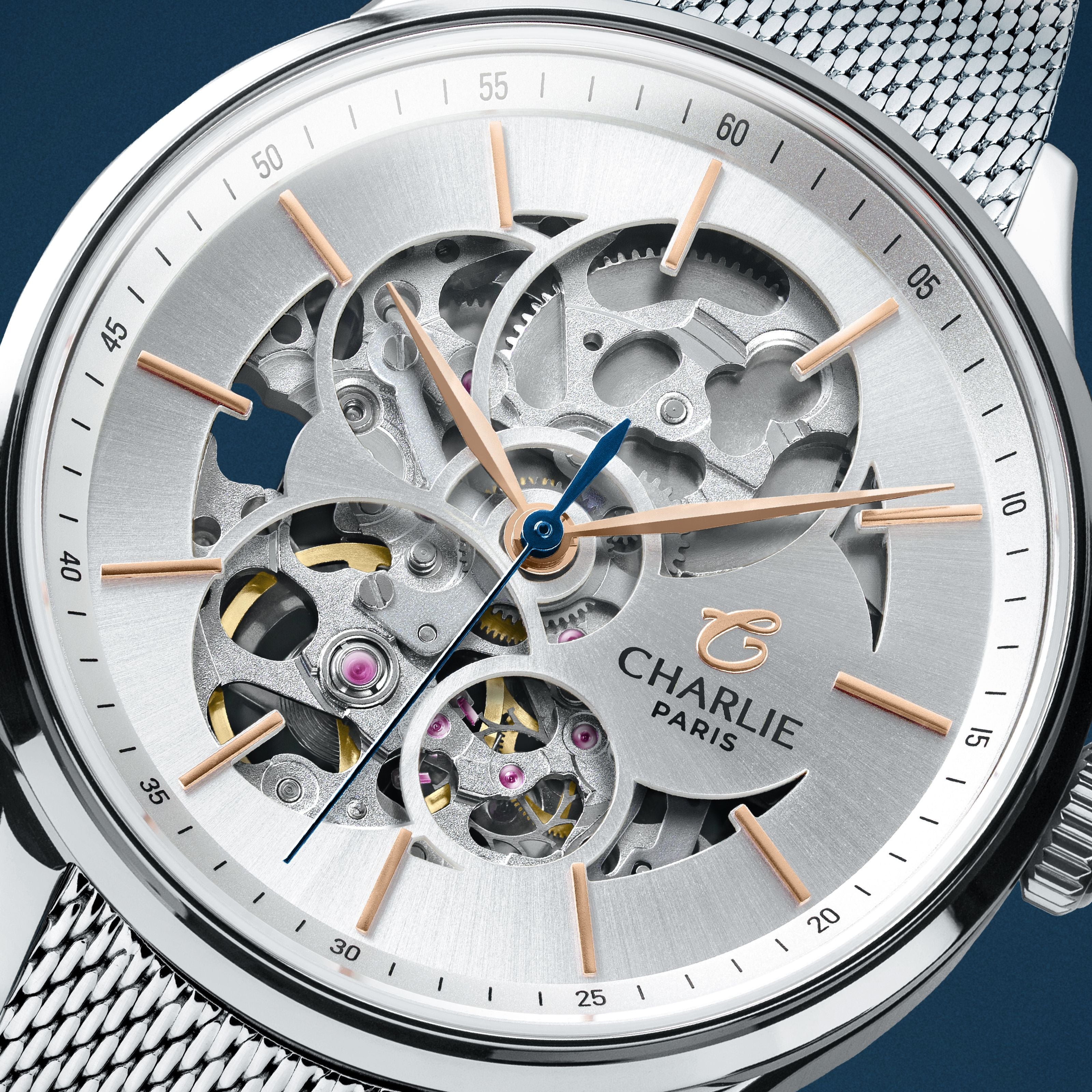Your quartz men's watch is no longer working? Don't worry, we will explain you how to proceed so that you can bring back your watch very quickly. First of all it is important to remember that unlike automatic watches for men or automatic watches for women, quartz watches have a battery. The battery of your quartz watch is an important part of your watch, it is it that will give the energy necessary for its operation. However, the life of a battery is not unlimited, which is why you should change it every two years or so. If you are not a professional, we advise you to go to a watchmaker to change the battery. It is a child's play for a watchmaker, but it can be a real headache for a novice and requires some tools that you may not have. Some of you may still want to take the challenge and change the battery in your watch on your own!
Changing a battery at home: the different steps
We are here to help you do this in the best possible conditions. However, if your watch is a waterproof watch, we strongly advise you not to change the battery of your watch at home because you will not be able to test the waterproofness of your watch once the battery change is done.
1 - Open the watch
First of all, you need to determine whether your watch has a clip-on or screw-in case back because the method for changing the watch battery will differ slightly:
- To unscrew a case with a screwed back like our Concordia screwed back watch, get an adjustable case opener, an instrument that also takes the name of screwed back key. Position the tool on the notches present on the circumference of your case then turn delicately, the bottom will open.
- If you have a case with a clipped back, take a watchmaker's knife or, if you don't have one, take a cutter. Place one of these sharp elements in the slot. Using leverage, remove the case back from your watch.
2 - Change the battery
Once the case is open, take a tweezer (or tweezers) and remove the plastic ring, then change the battery of your watch by a similar battery in all points (component, size, voltage). There are 3 types of batteries: silver oxide, alkaline and lithium.
- Silver oxide batteries are recognizable because the letter S is engraved on the battery. This type of battery provides a voltage of 1.55 Volt.
- Alkaline batteries are the batteries that will look most like silver oxide batteries. They are marked with the letter L and deliver a voltage of 1.5V
- Lithium batteries provide a voltage of 3V and are marked with the letter C. These are often used for watches with more complications that generally require more energy.
Finally there are different sizes of watch batteries: the diameter of a battery is between 5mm and 20mm and the thickness is between 1 and 6mm.
If swapping a silver oxide battery and an alkaline battery on your watch does not present any major danger for the latter, it should be noted that you should absolutely not put a lithium battery on a watch that is not designed to house this type of battery. This could cause irreversible damage to your watch. To make sure you don't get the wrong type of battery, refer to the battery matching table.
3 - Close the watch
Once you have changed the battery, replace the ring by positioning the notch of the ring at the level of the crown stem.
- On a clipped case, place the notch of the case back also at the level of the crown. Then choose the appropriate cleats for the size of your case, place the case with the bottom facing up on a lever bar. A simple pressure with the lever will close the case of your watch.
- For a case with a screwed back, screw the back of the case by hand at first, then to close it correctly, take the case opener and screw the back to the maximum.
ATTENTION !
Keep in mind that changing the watch battery at home can affect the water resistance of the watch and that you can damage the movement of the watch by making a wrong manipulation. If you are not sure, we cannot recommend enough to go directly to your watchmaker.
Read more
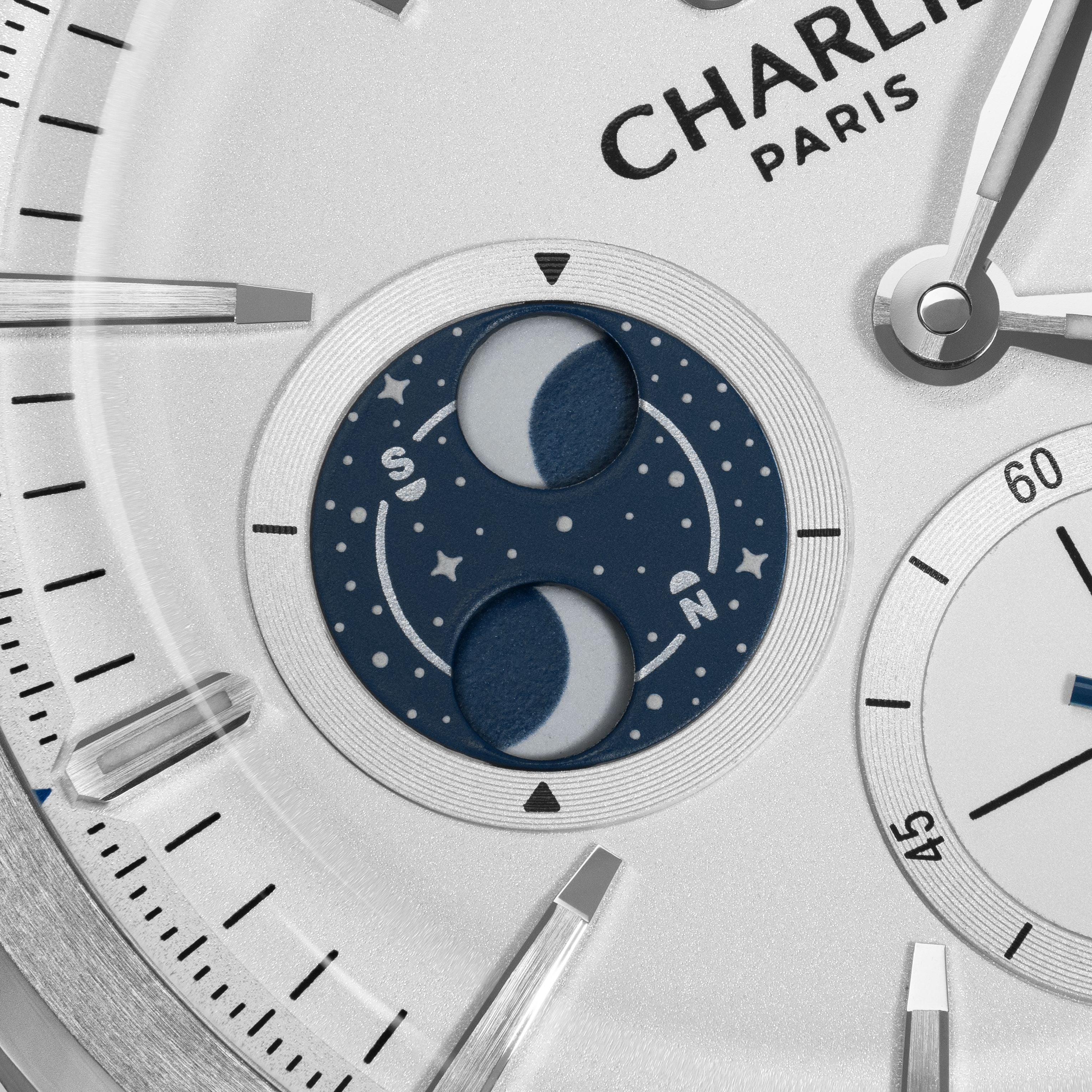
A watch with a moon phase complication is a watch that displays the lunar cycle. This complication is usually represented by a small disk or window on the watch face, which will show the visible pa...
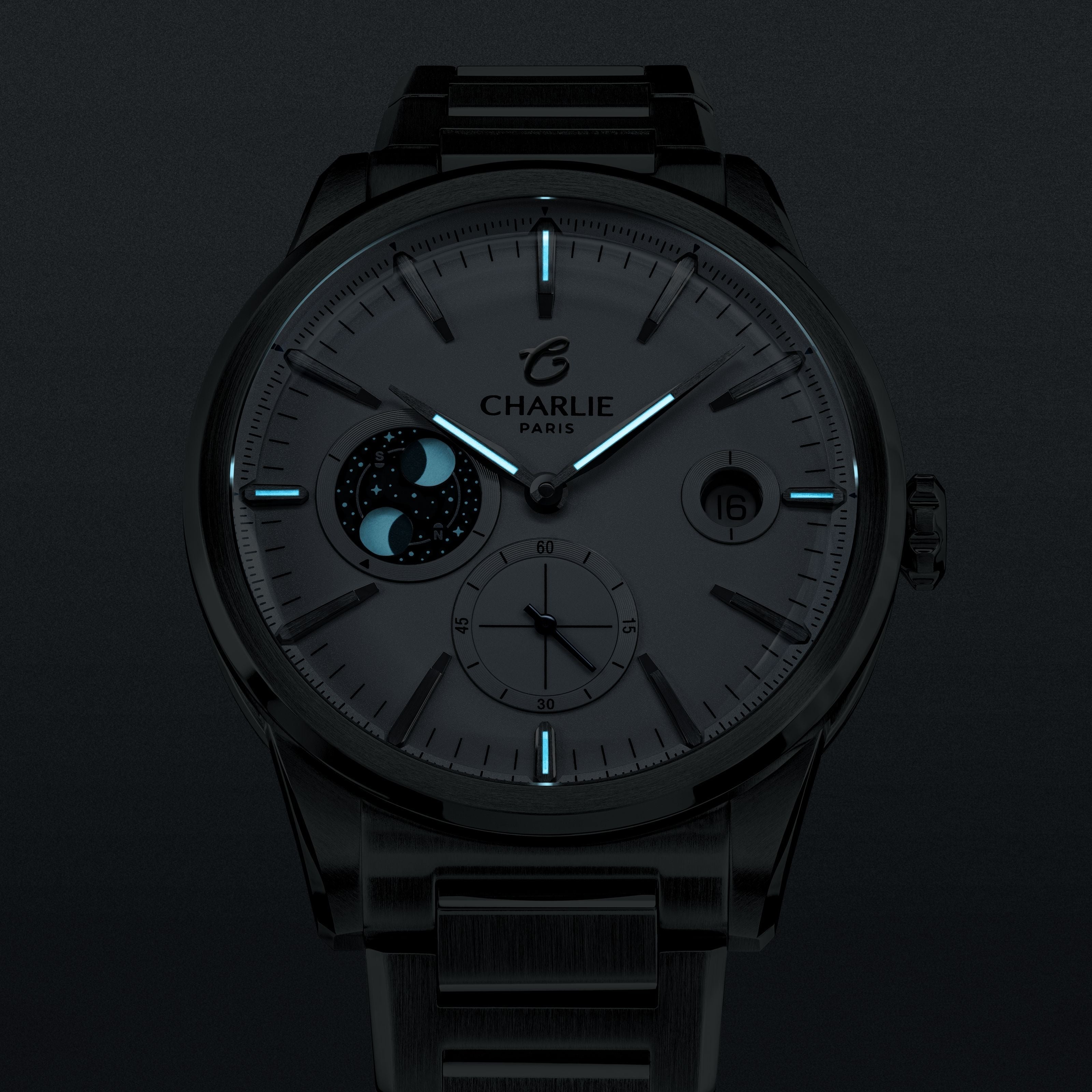
Have you always wondered how it is possible to read the time on your watch even in the dark? All the answers to your questions in this article.


